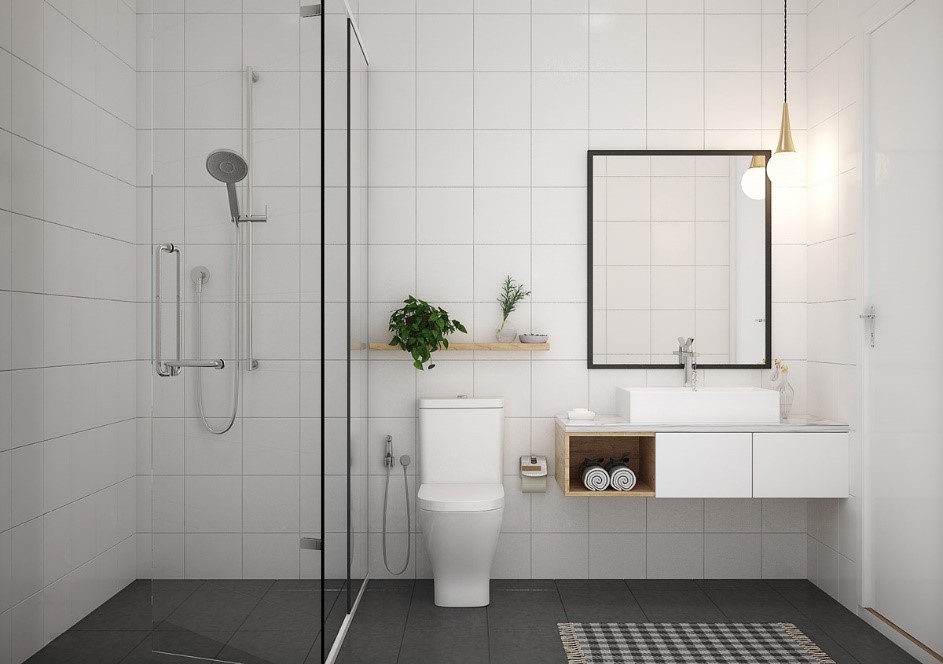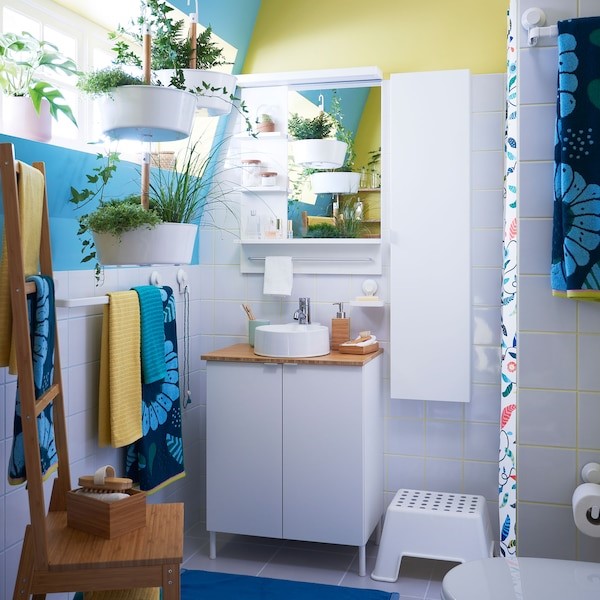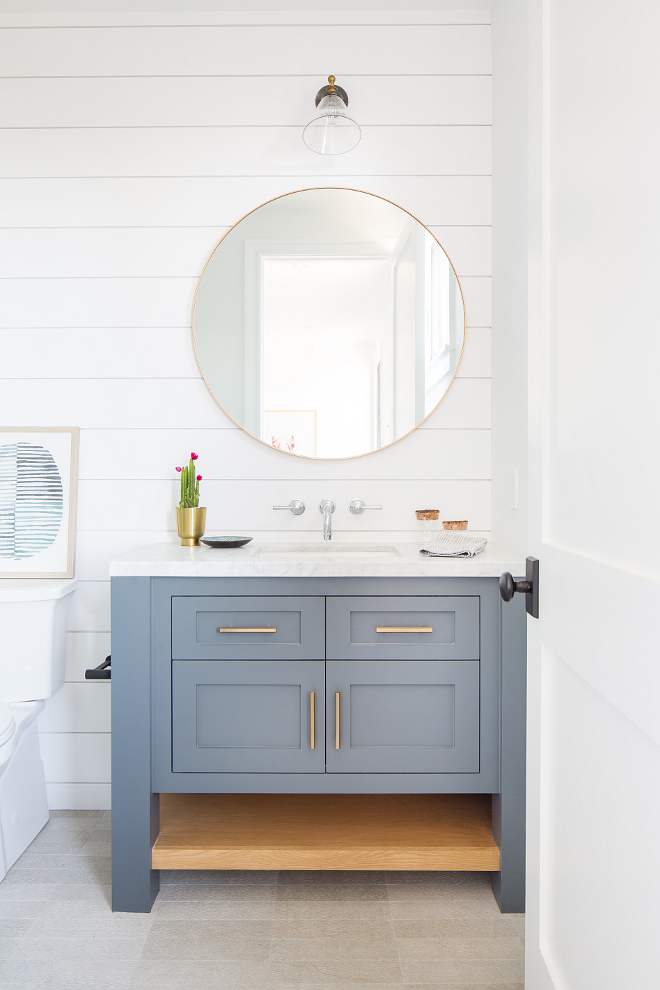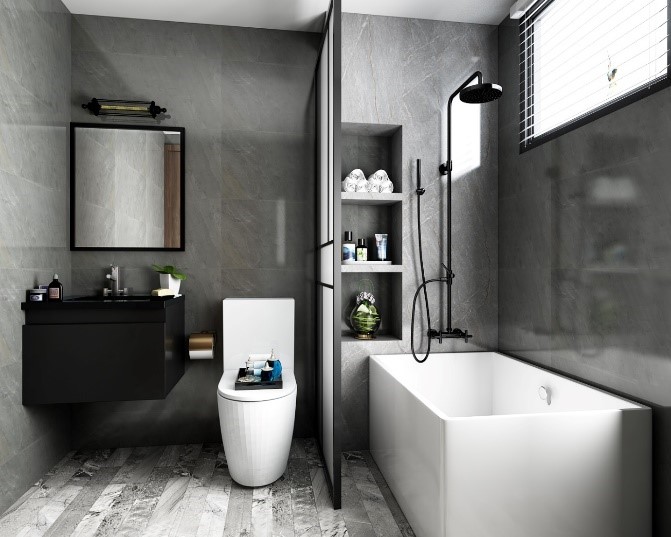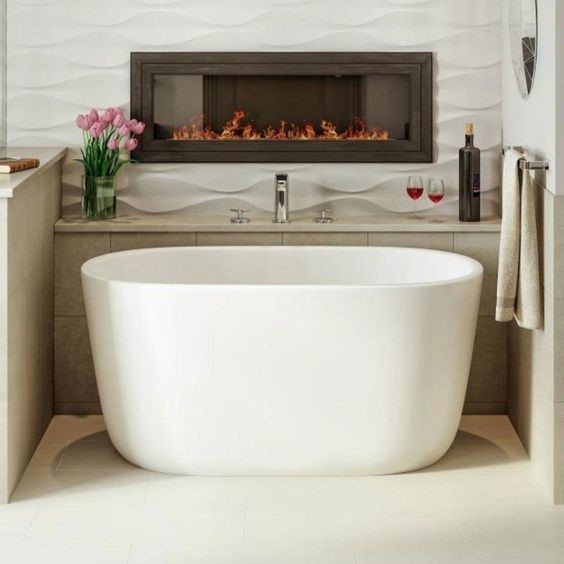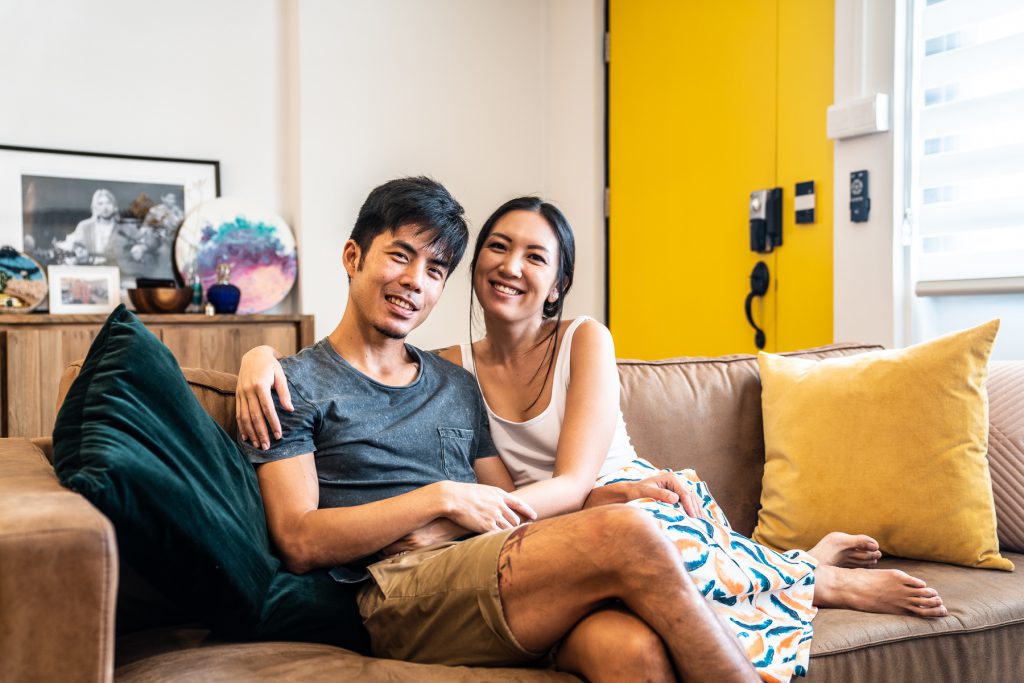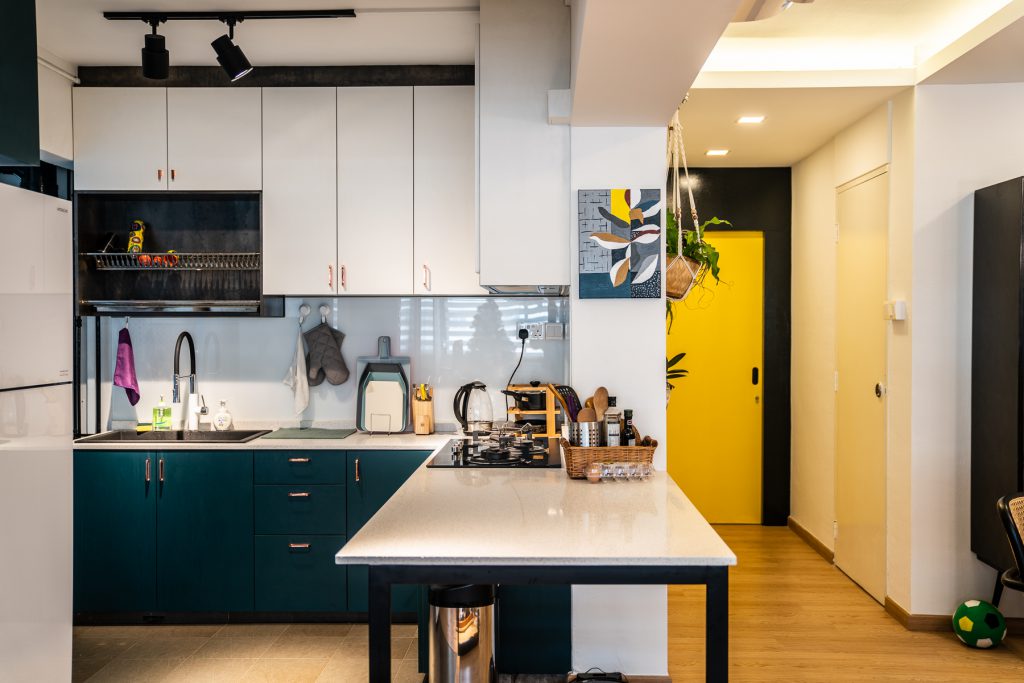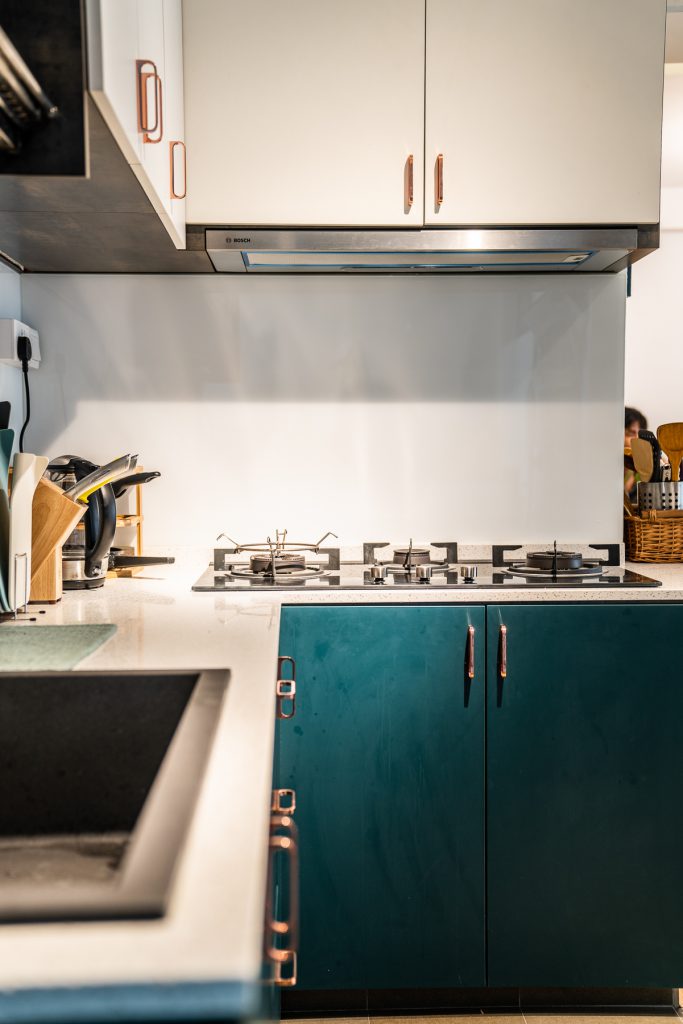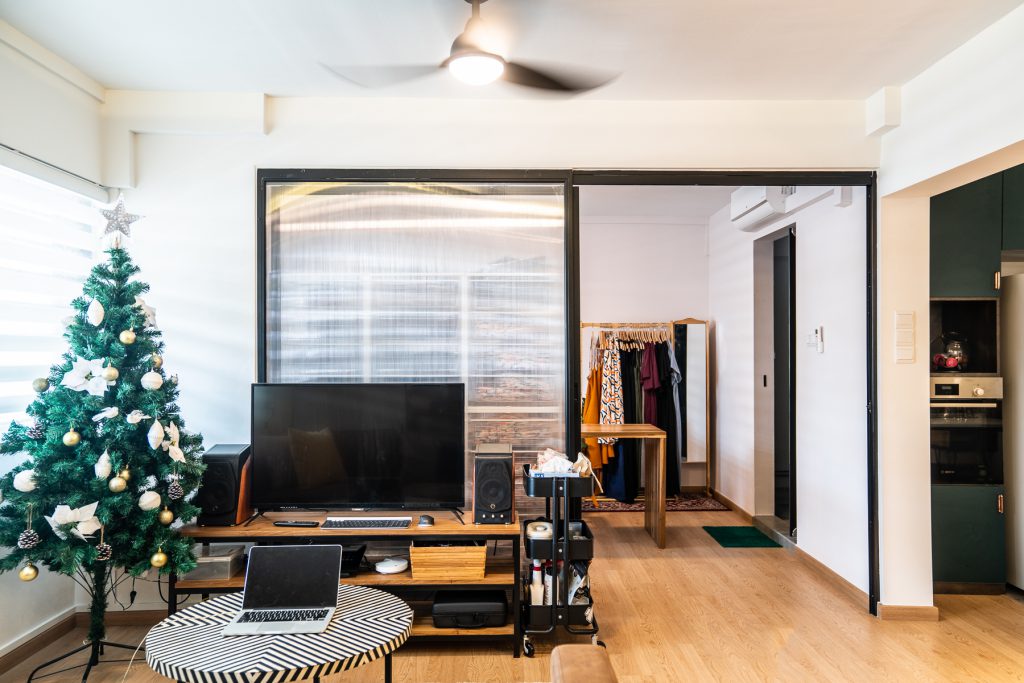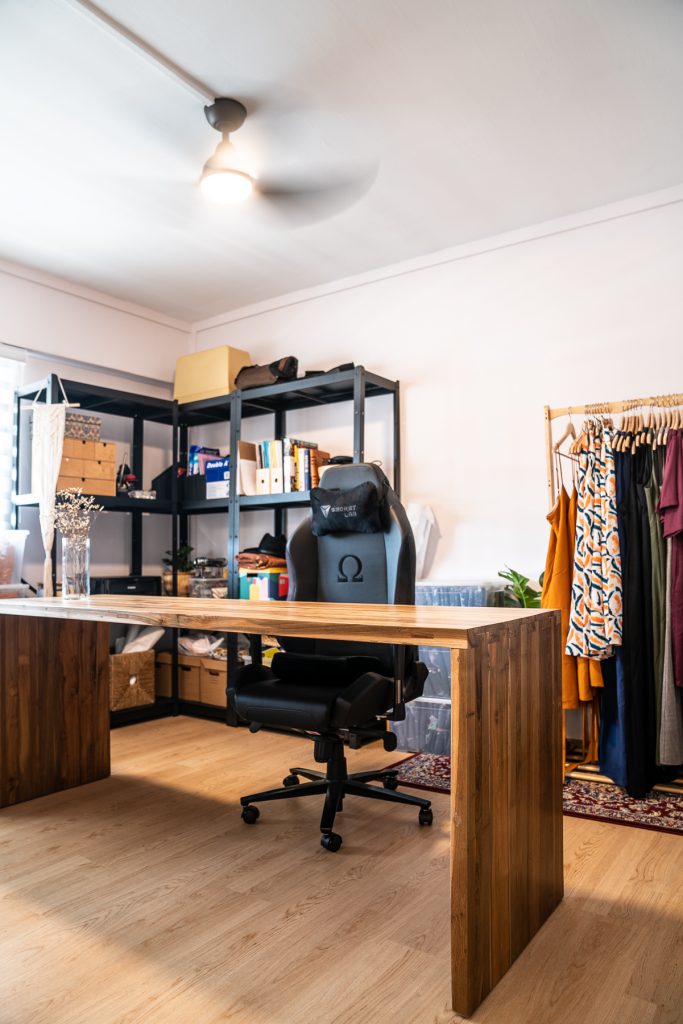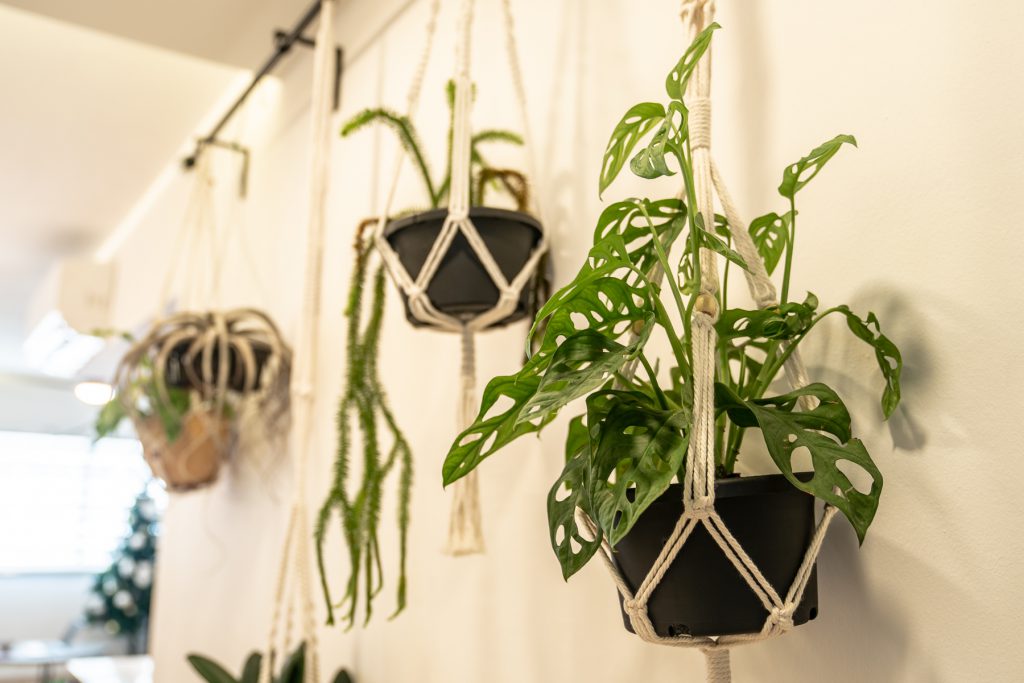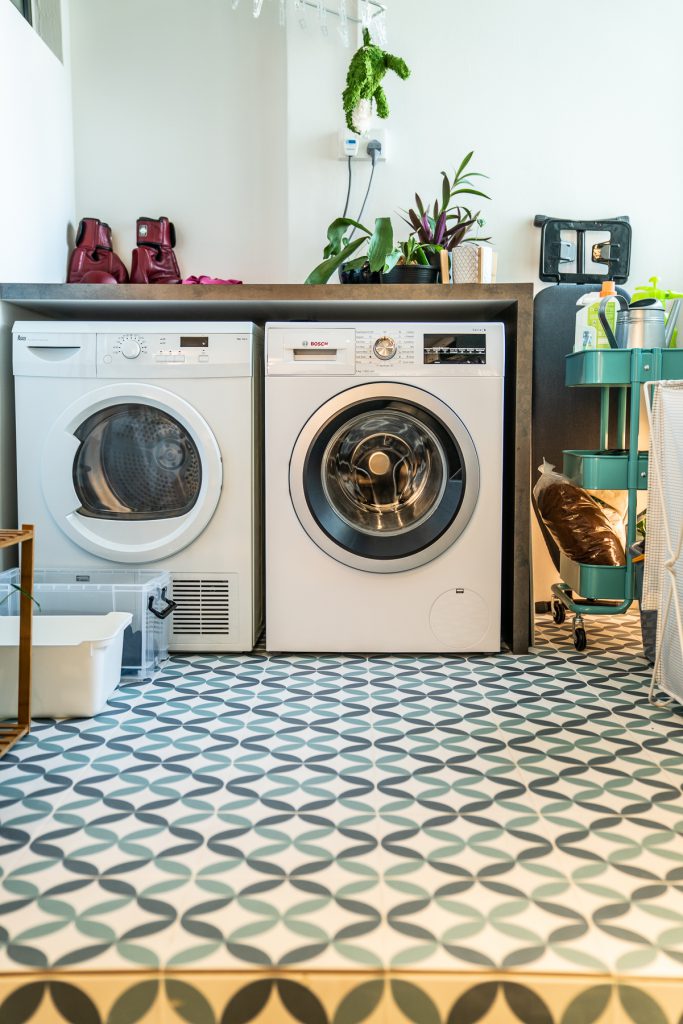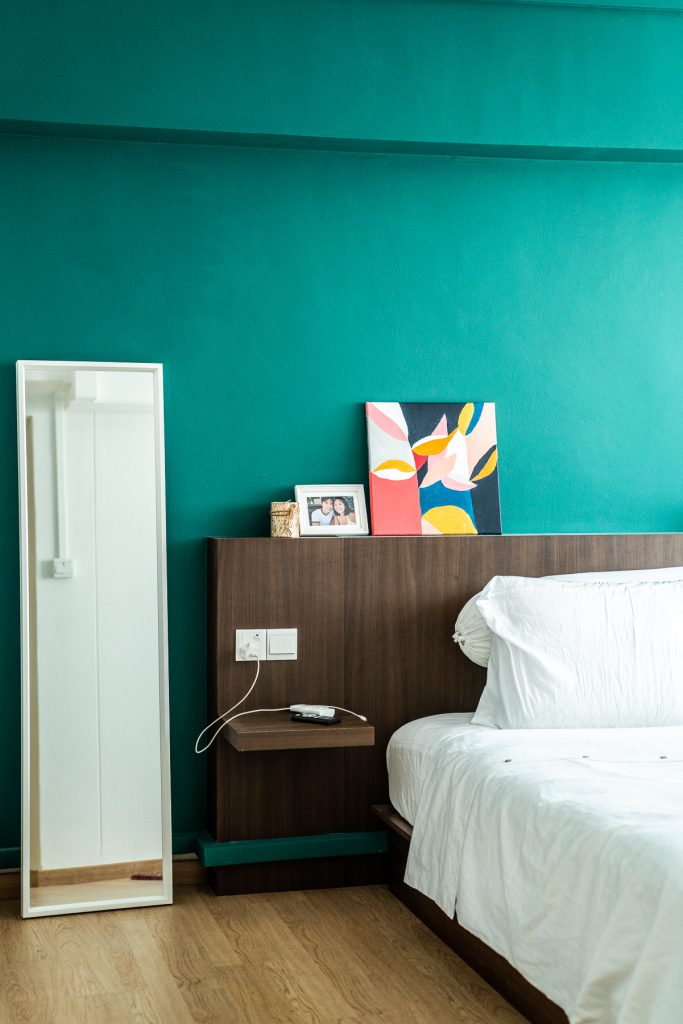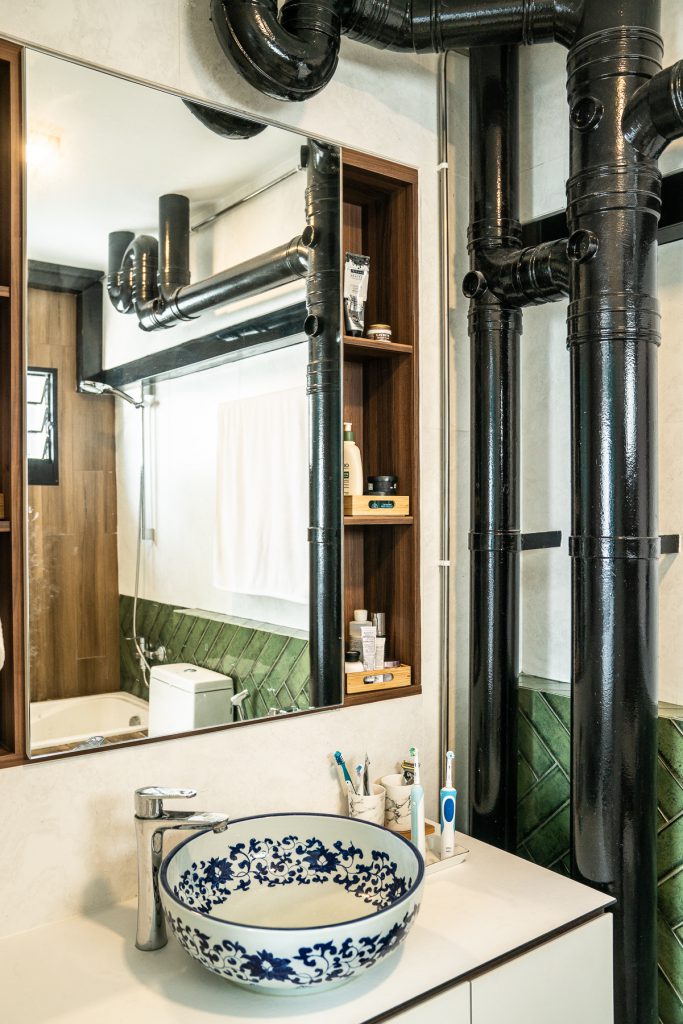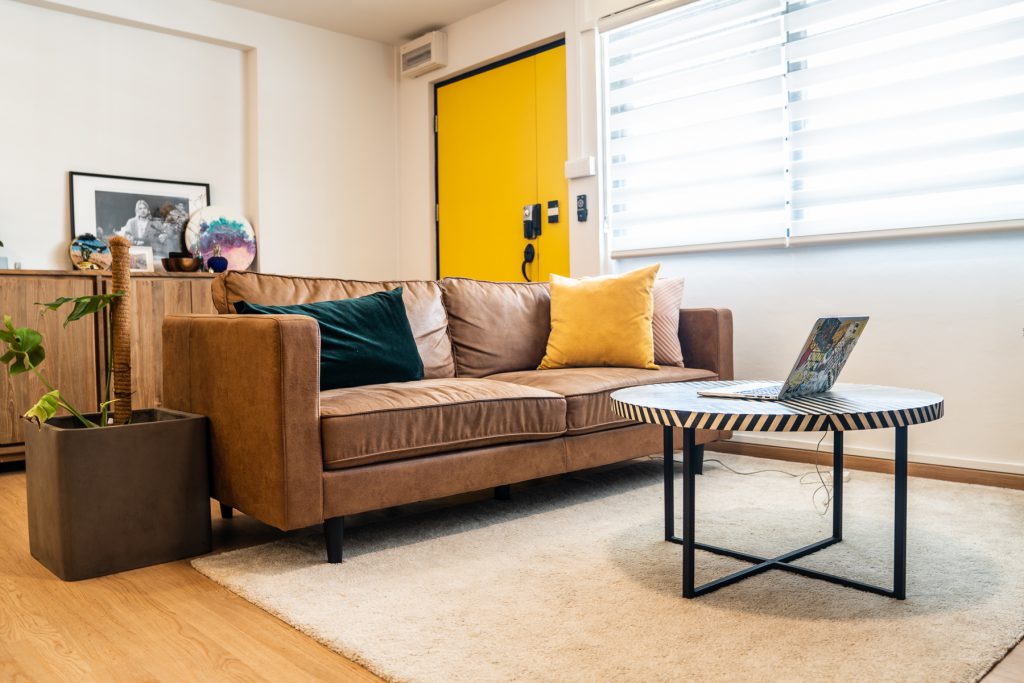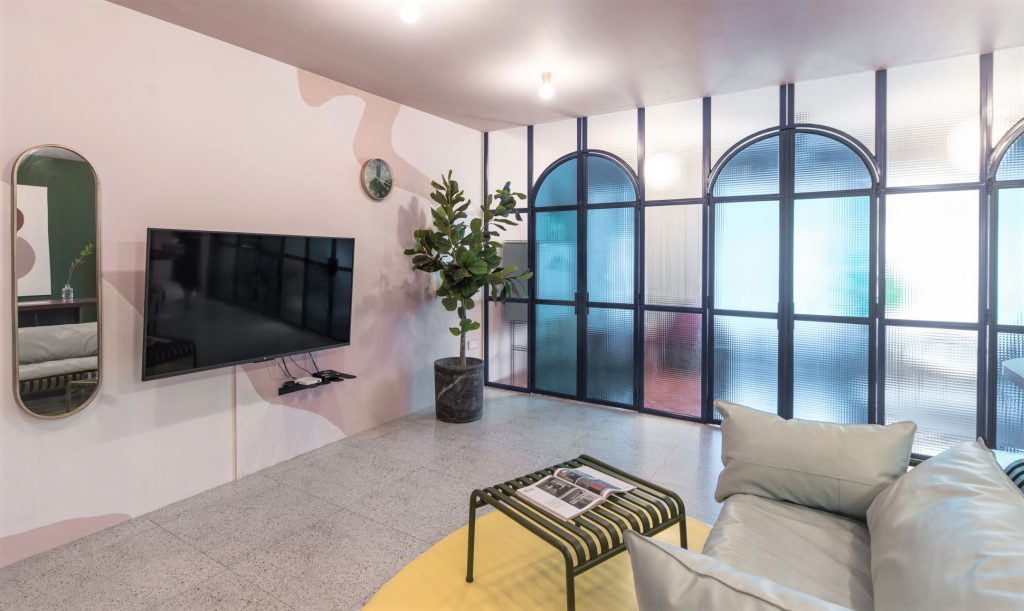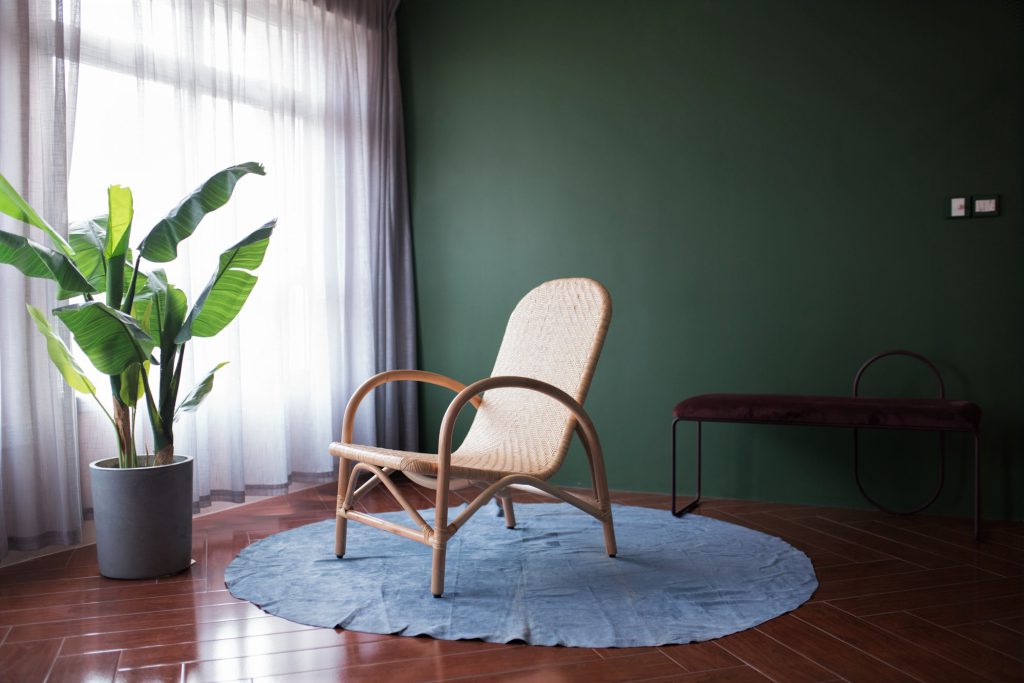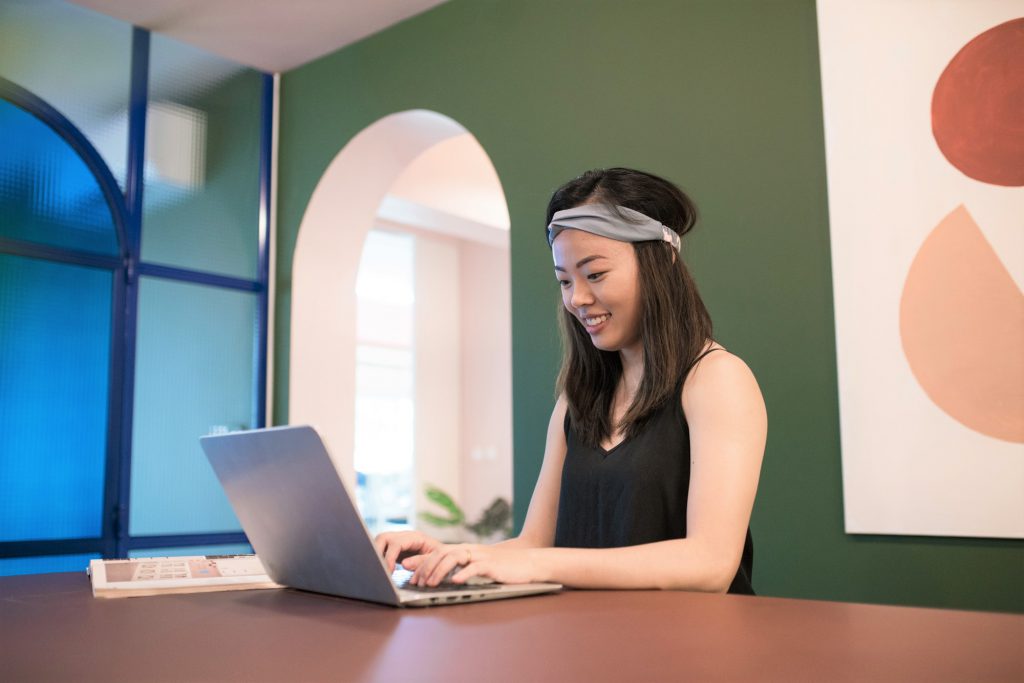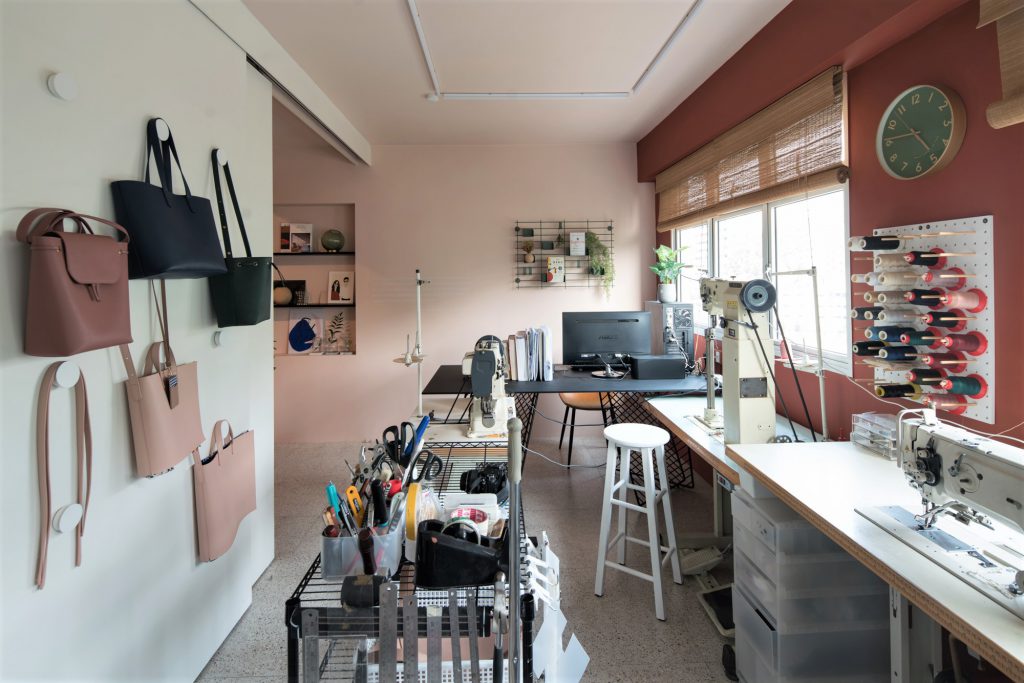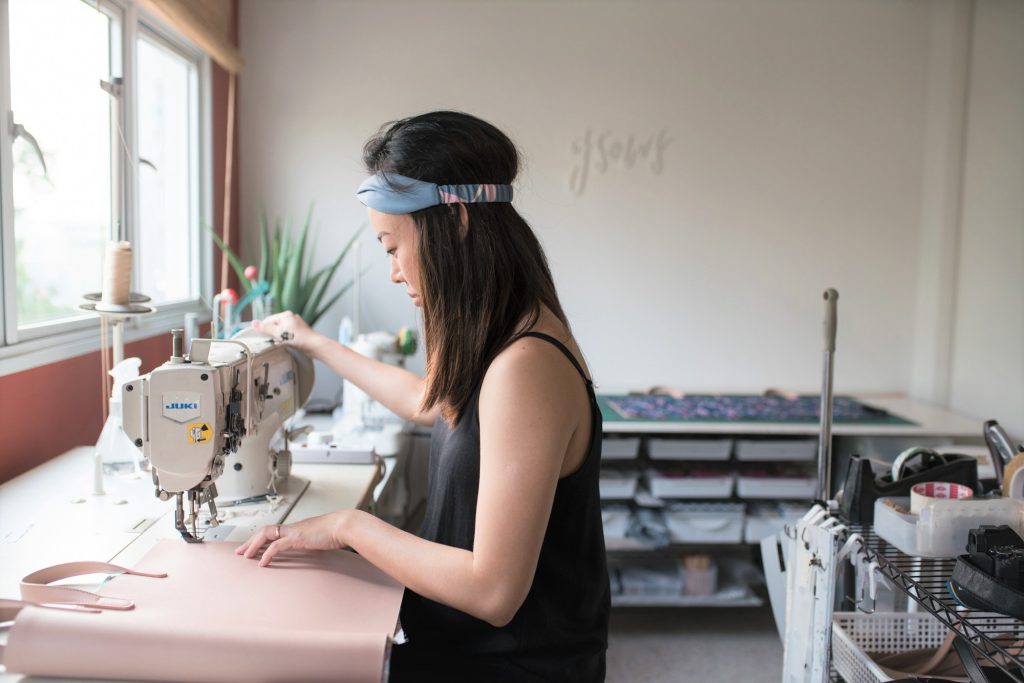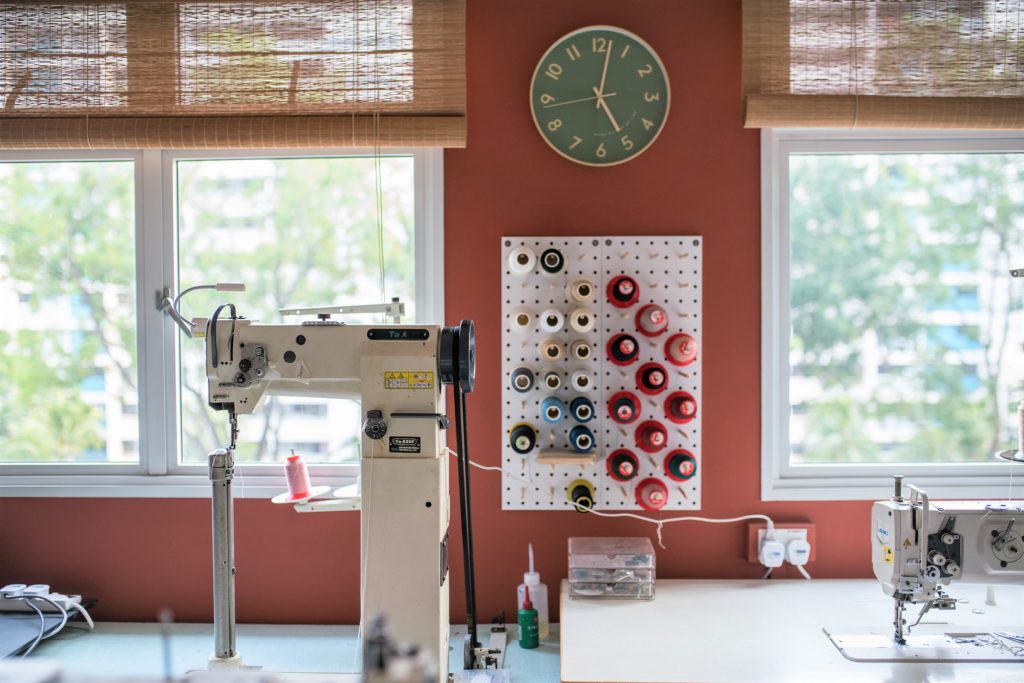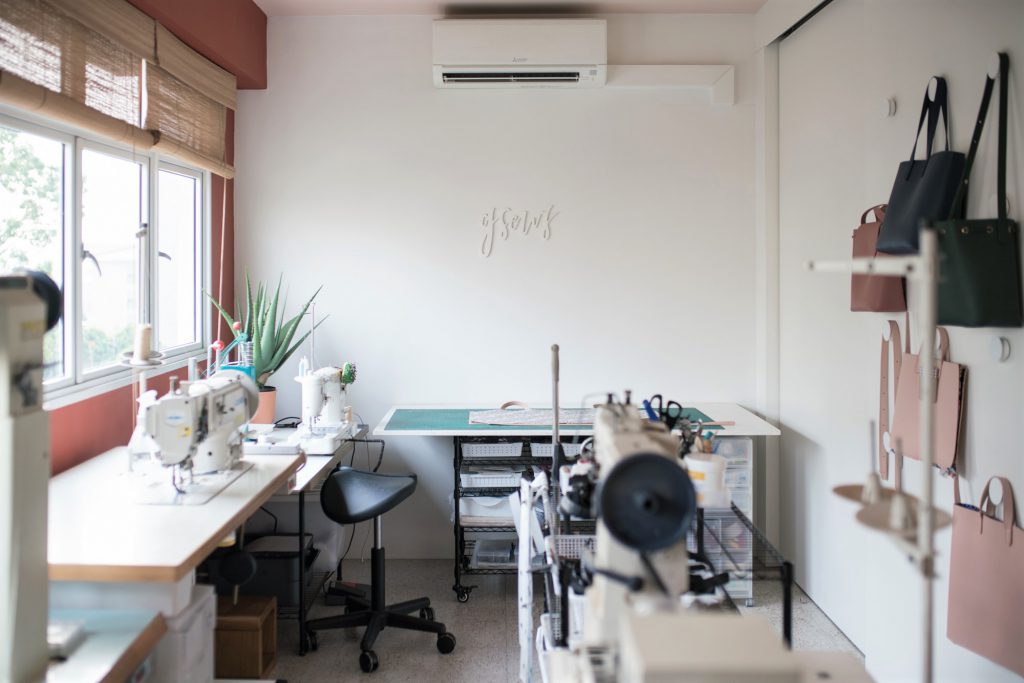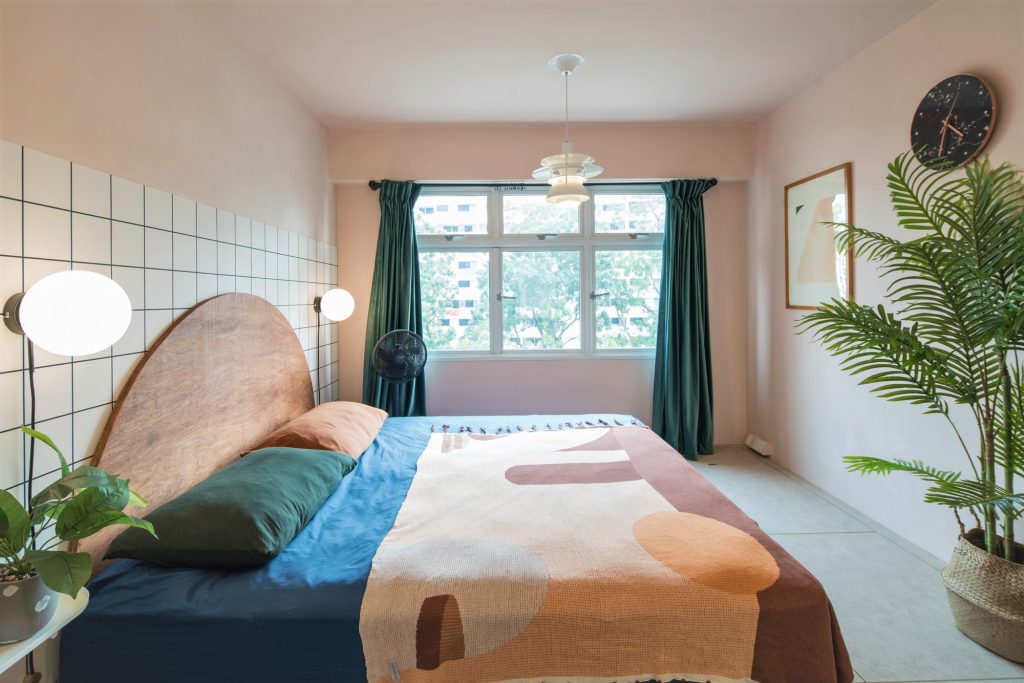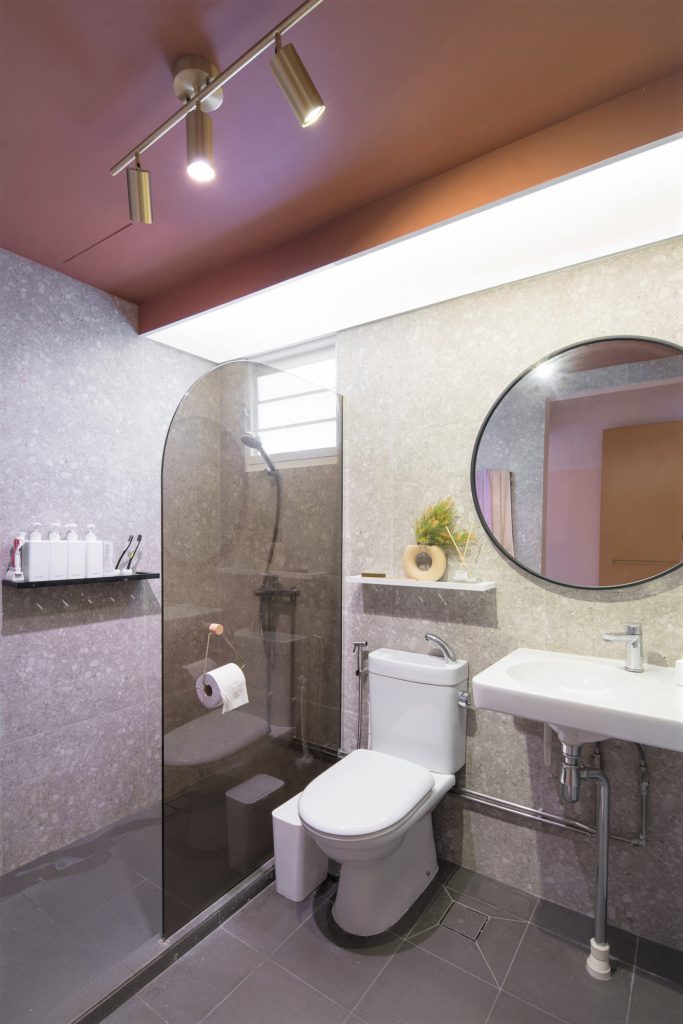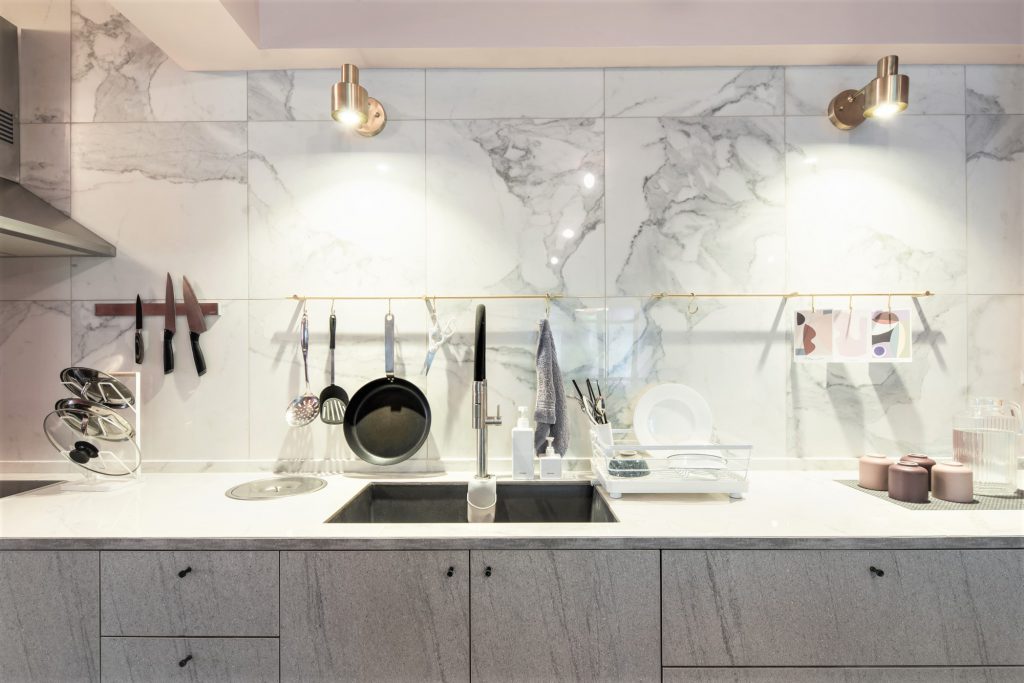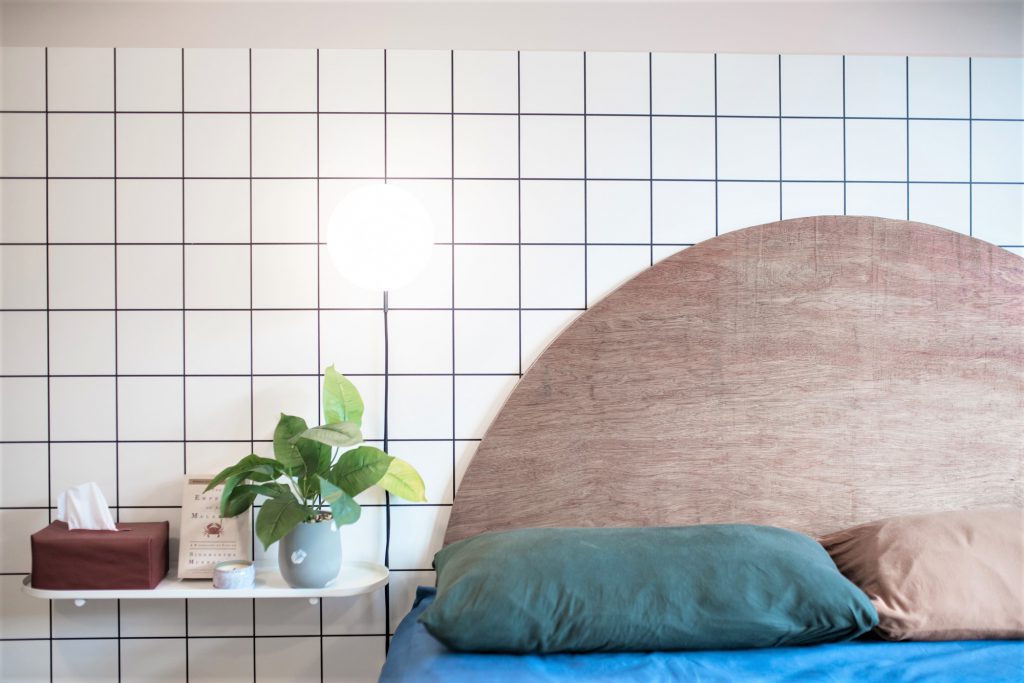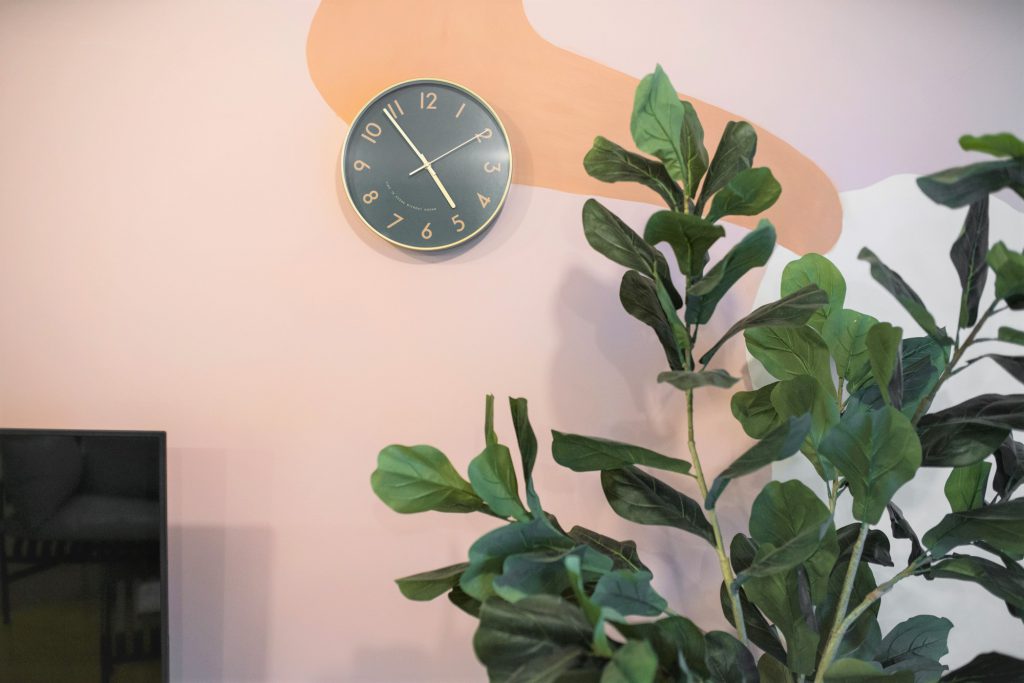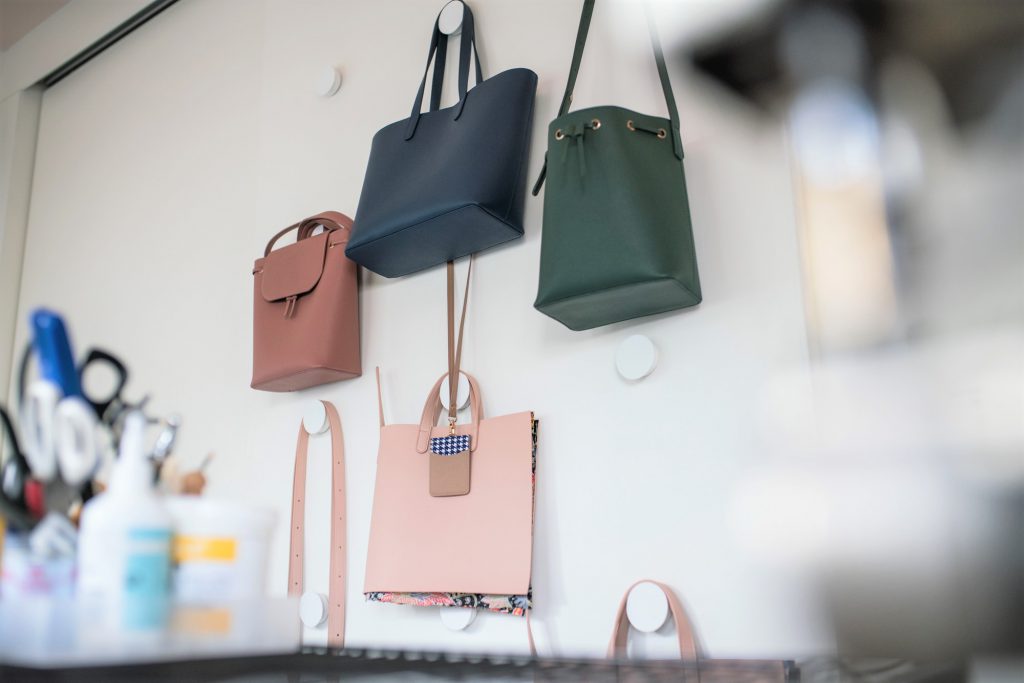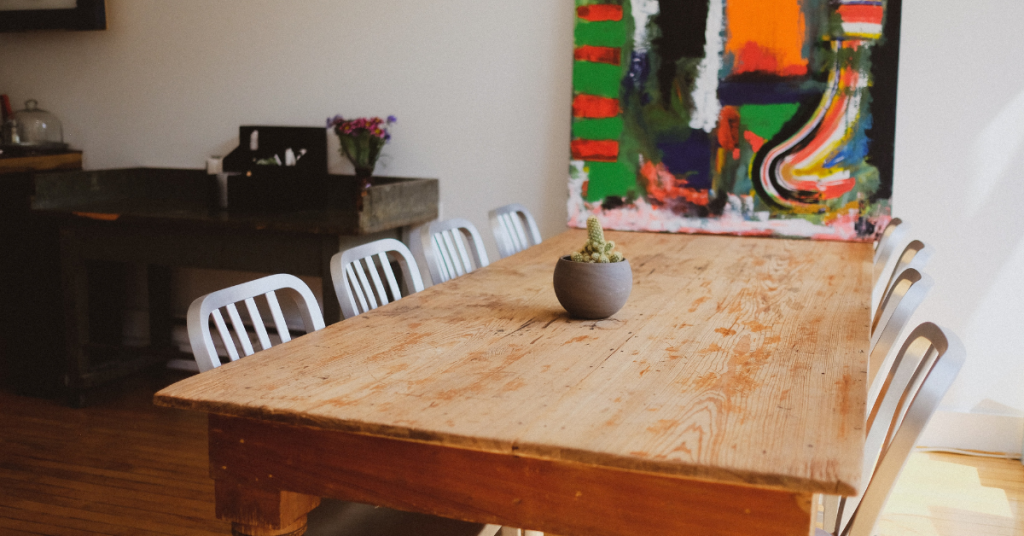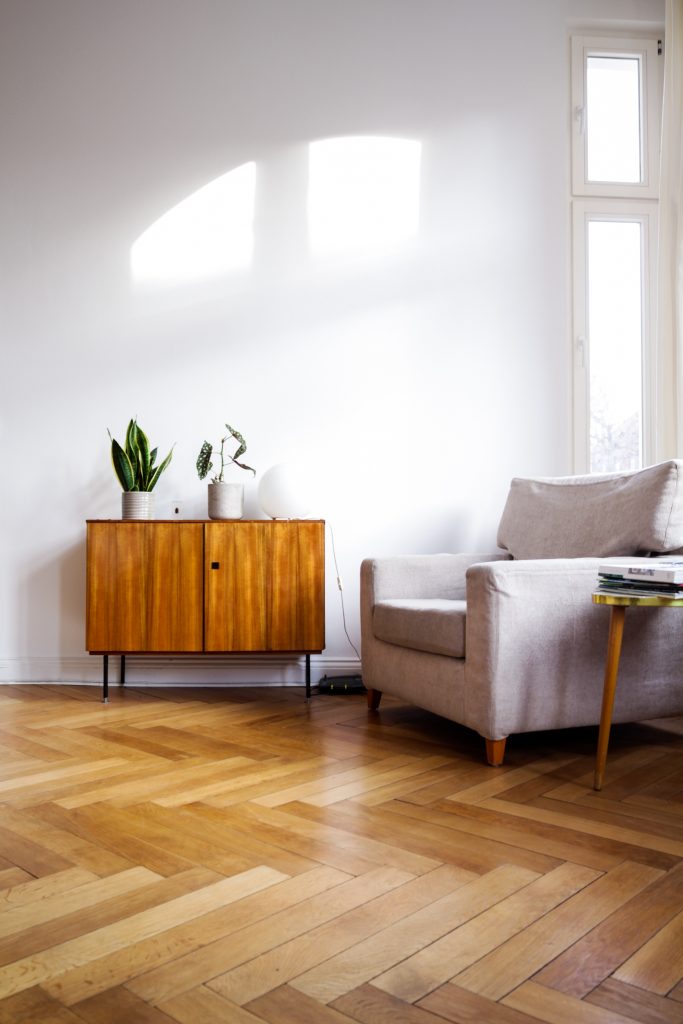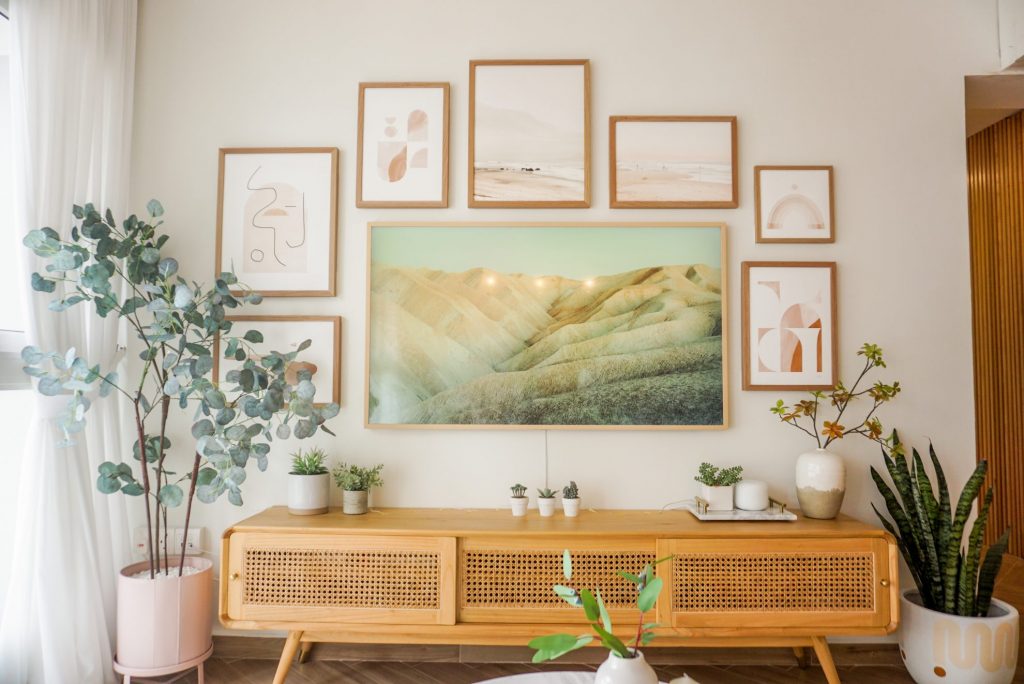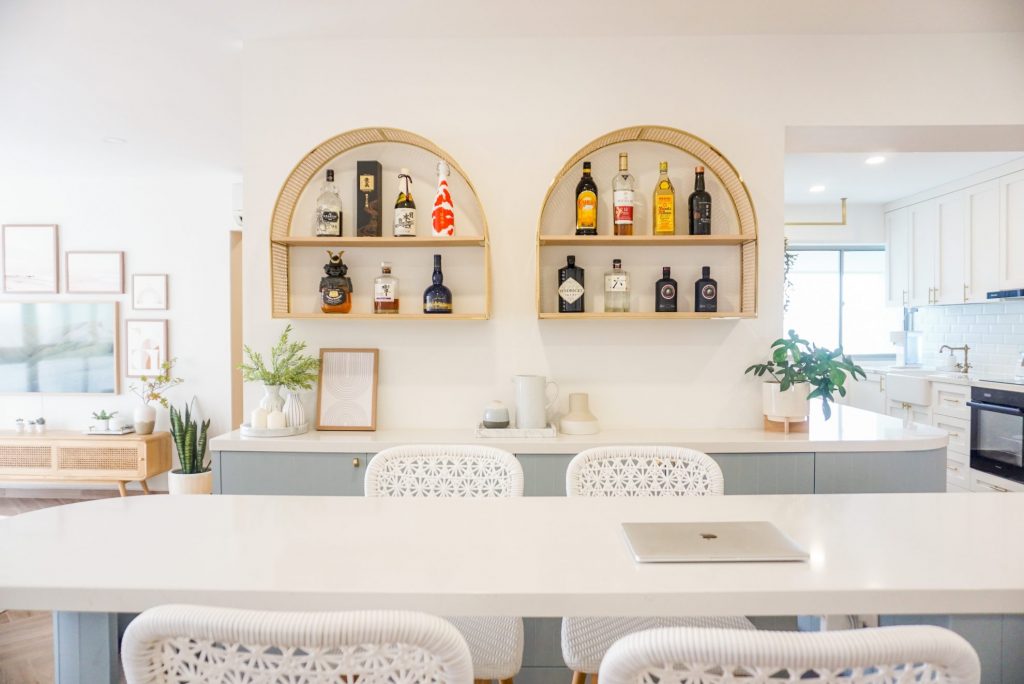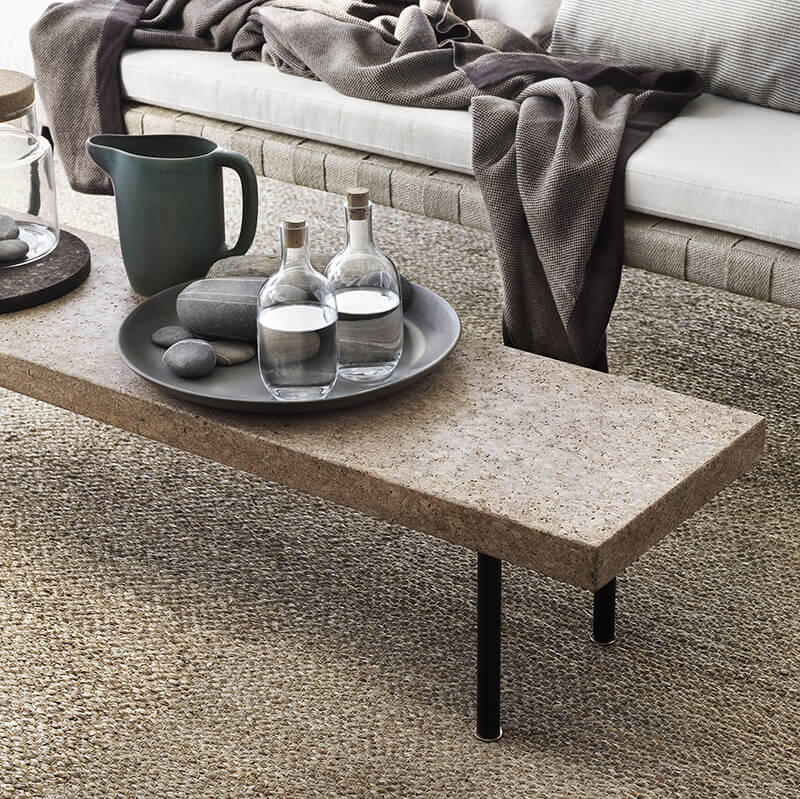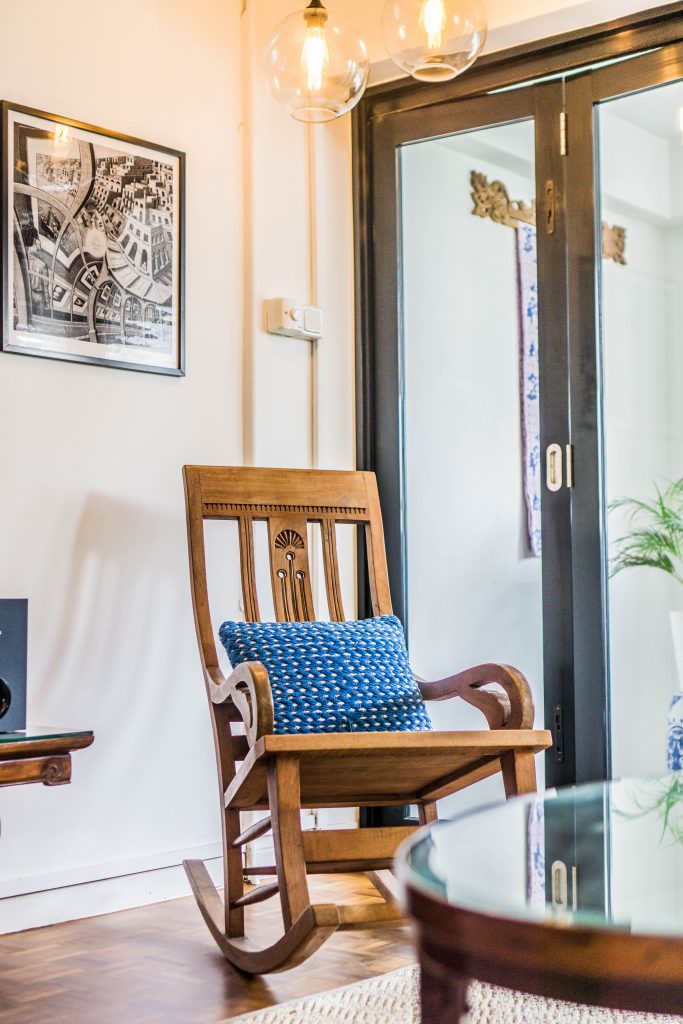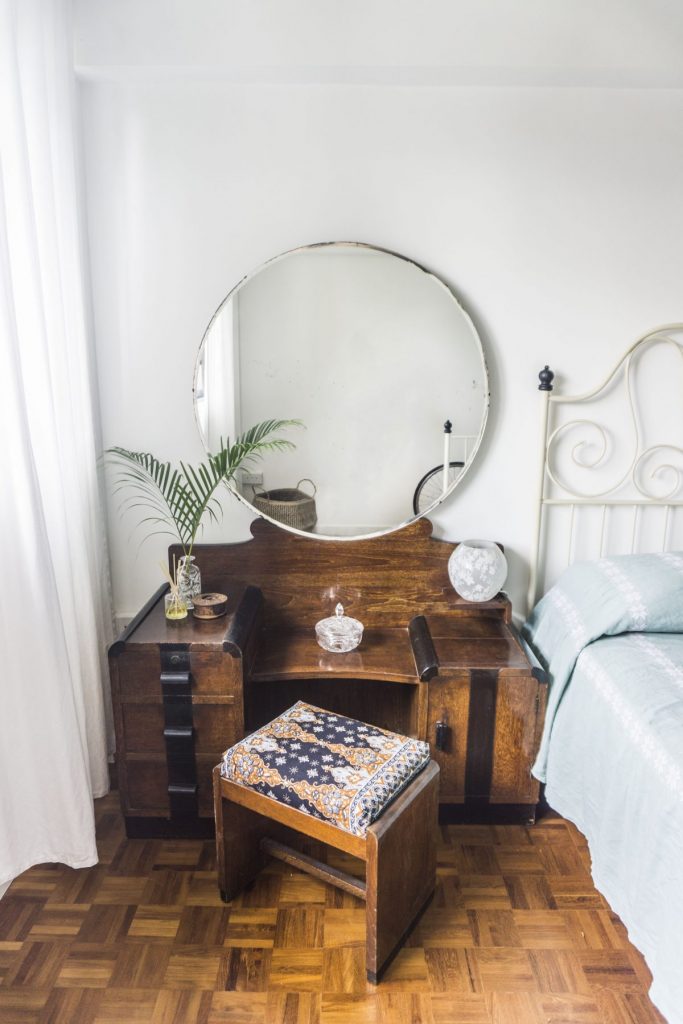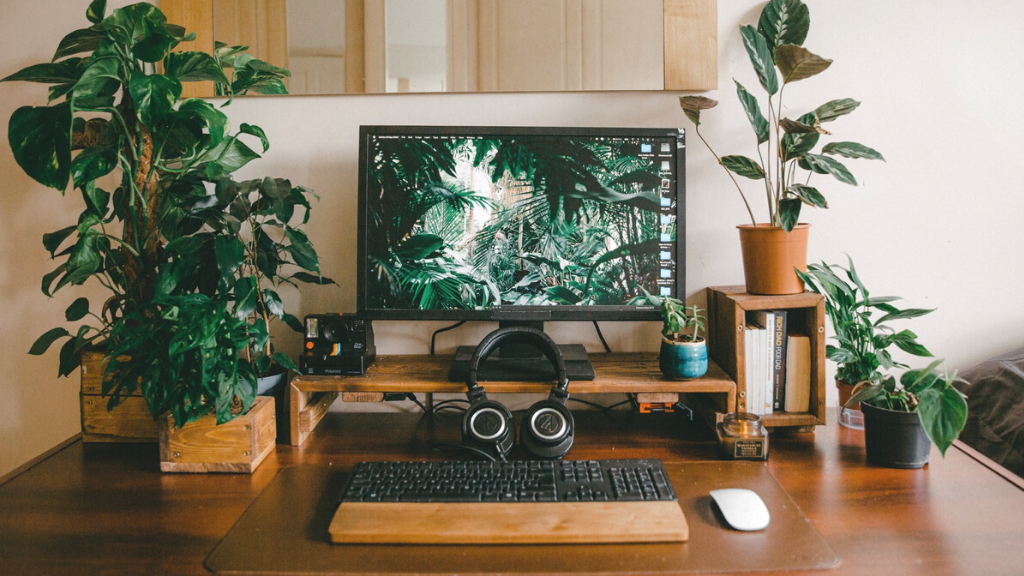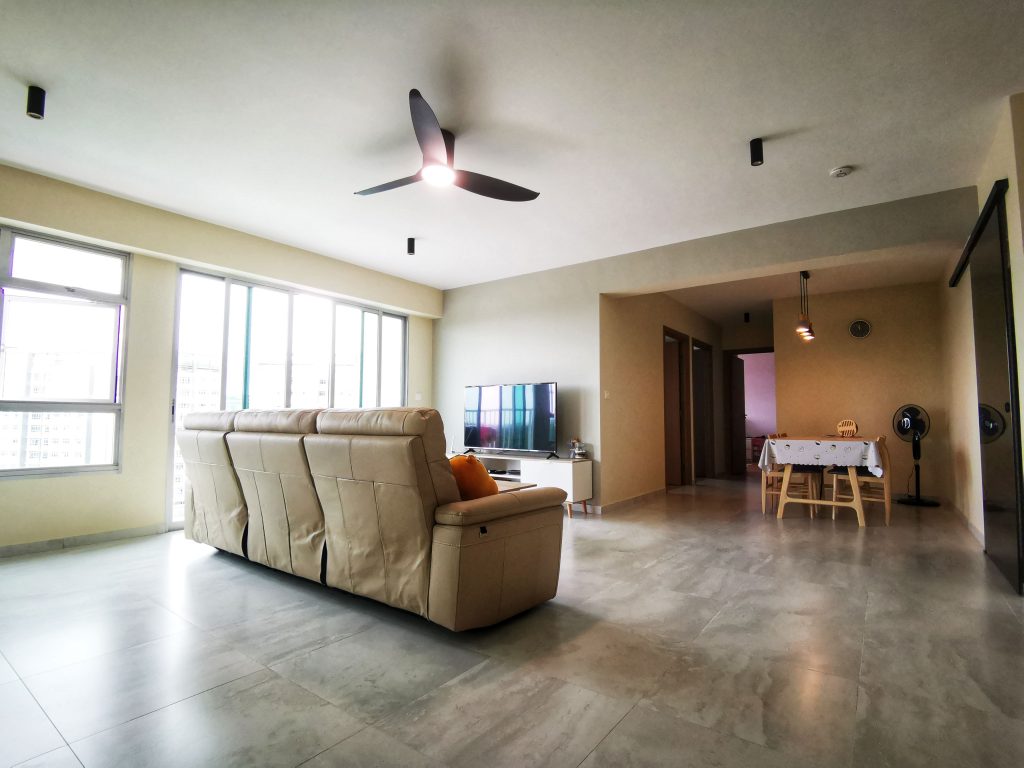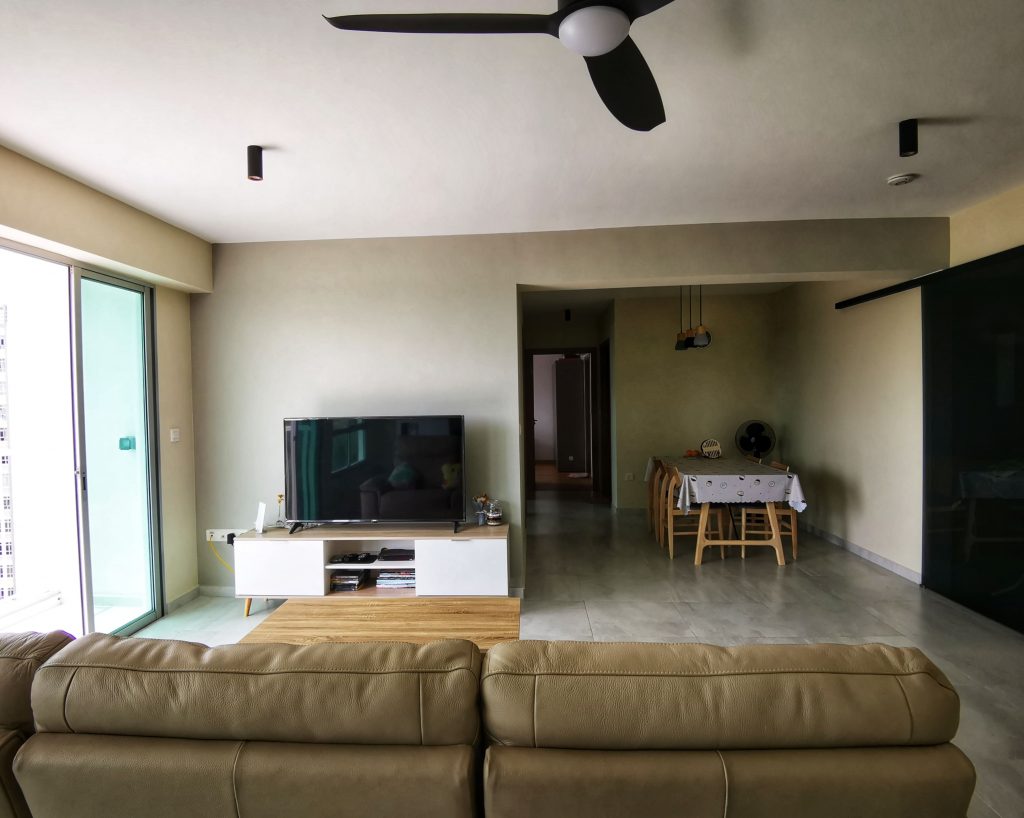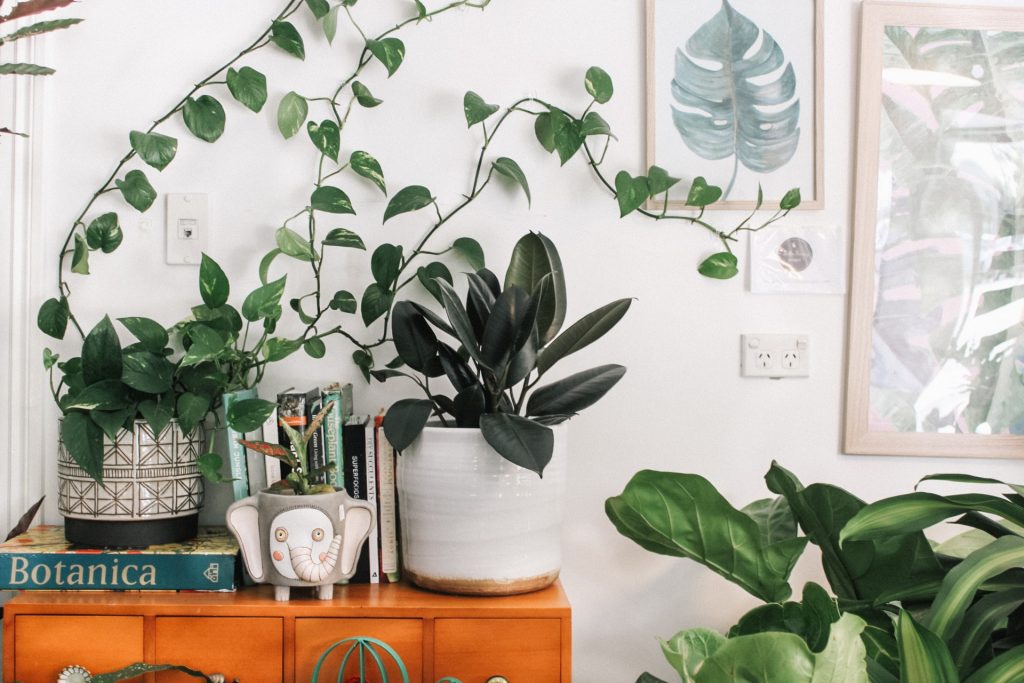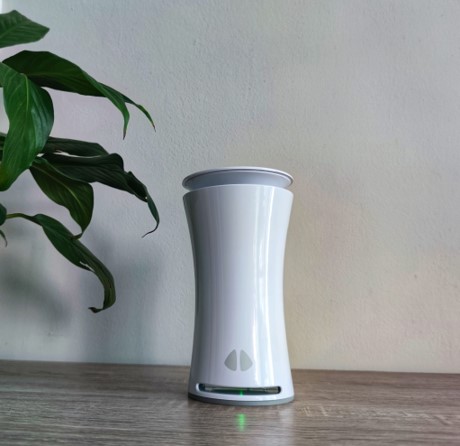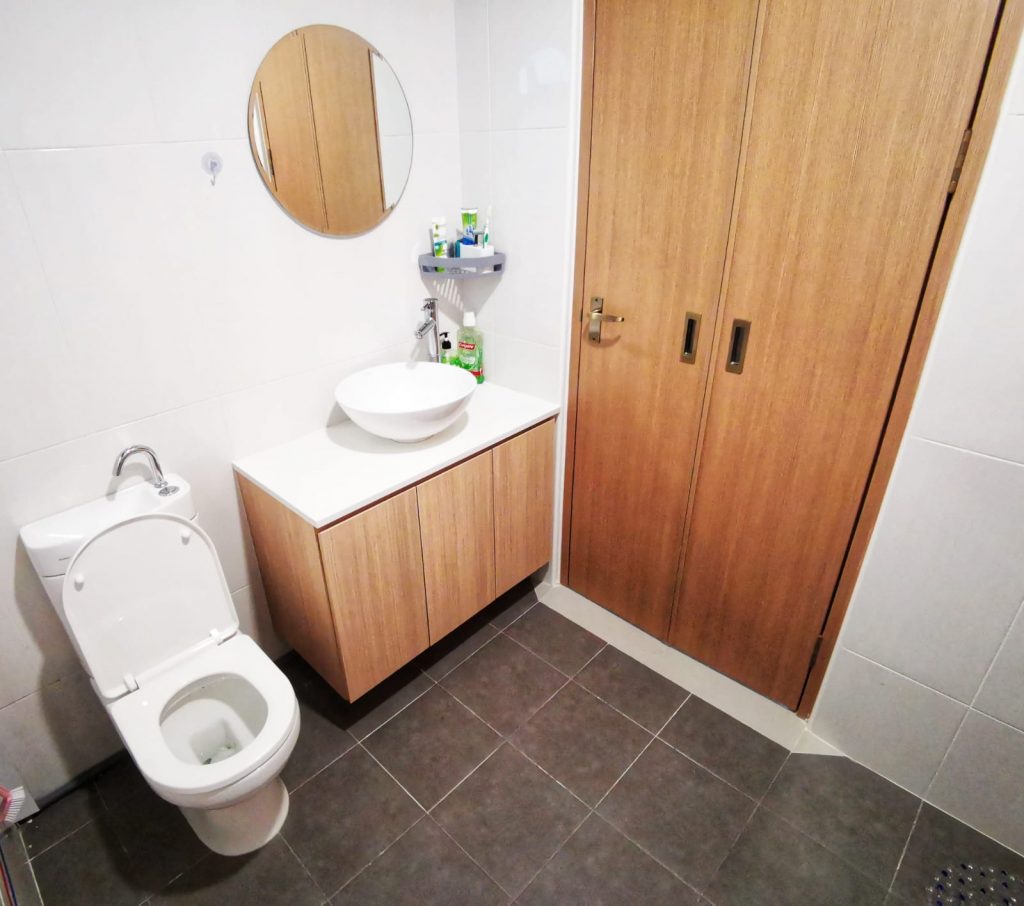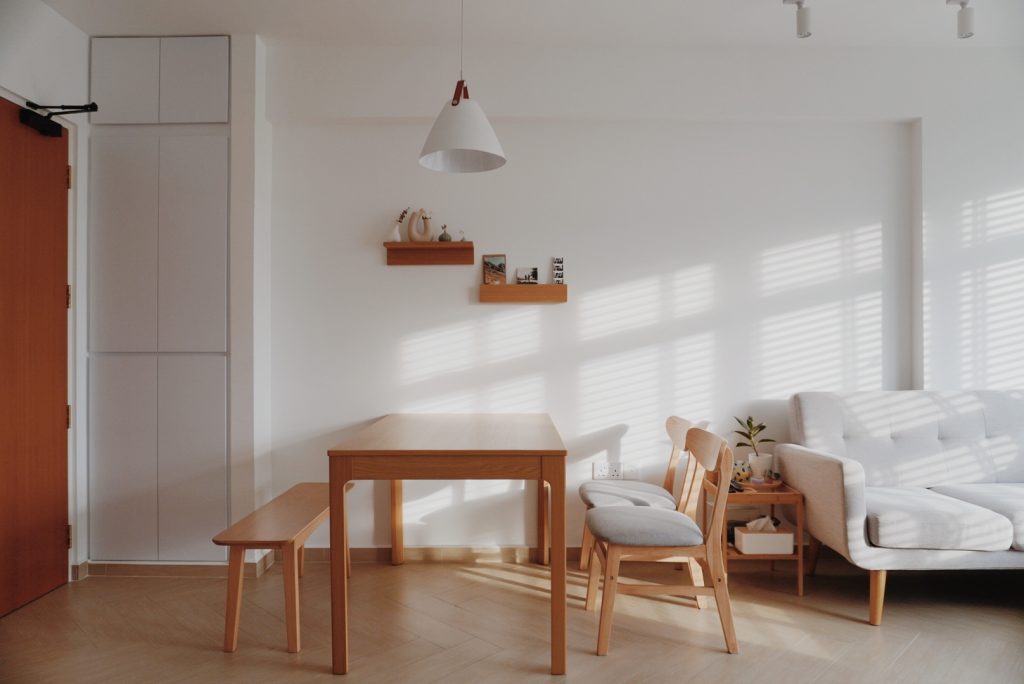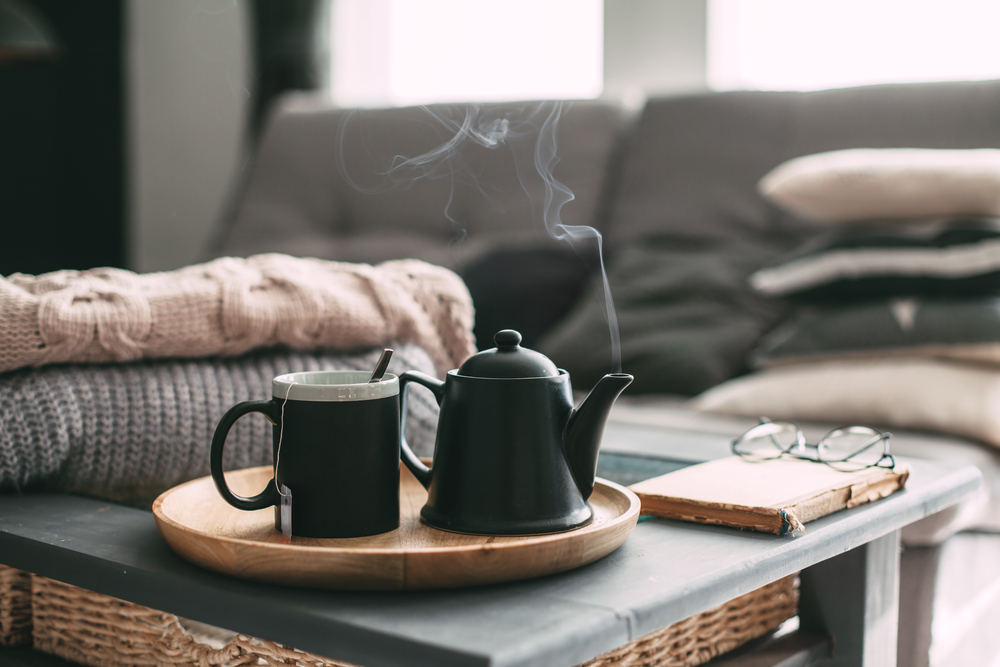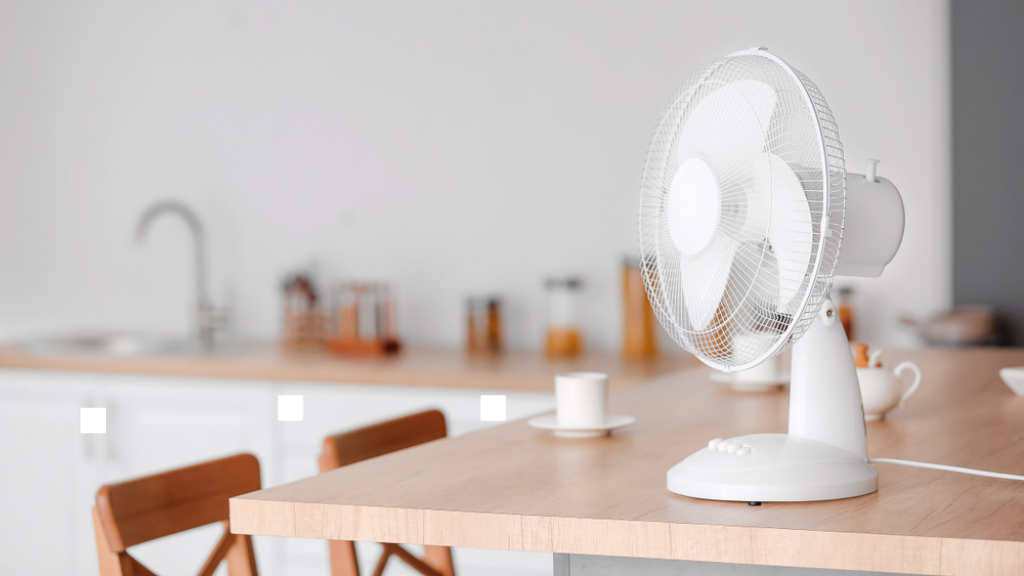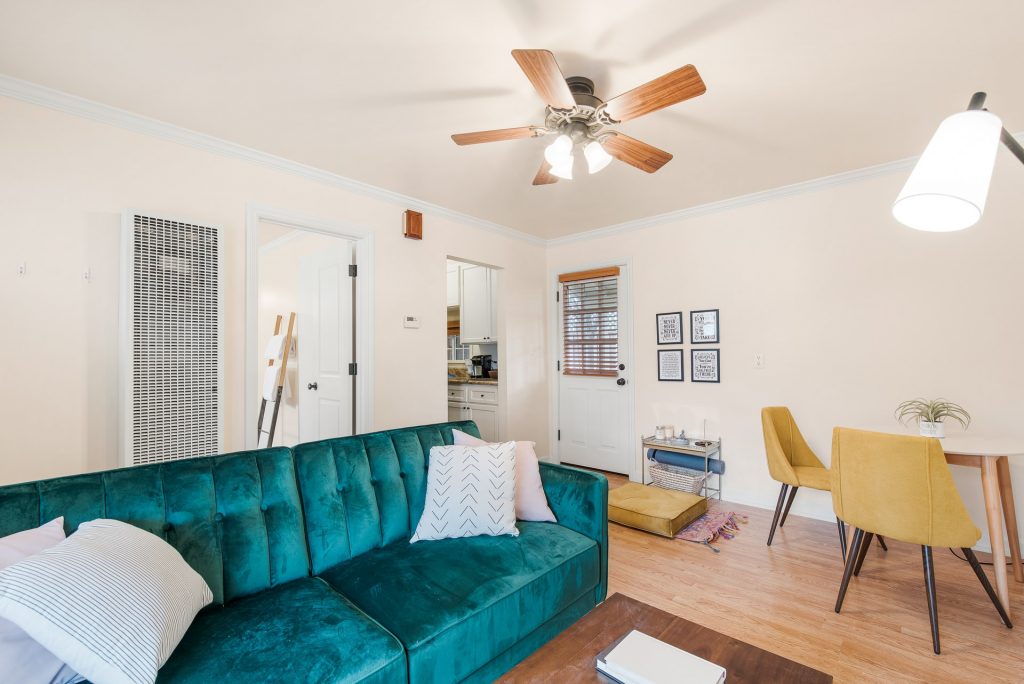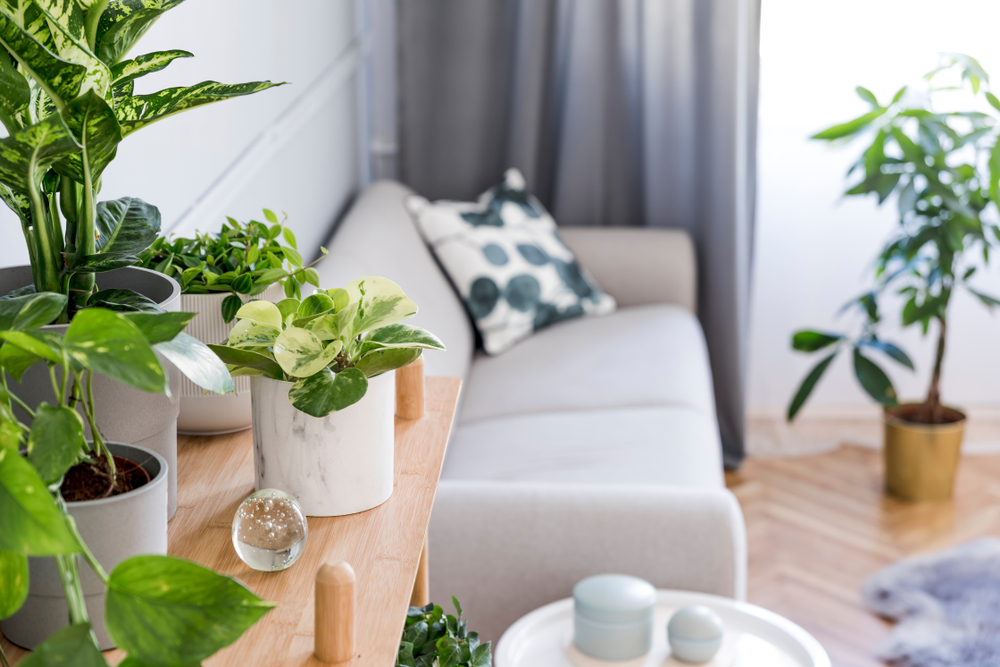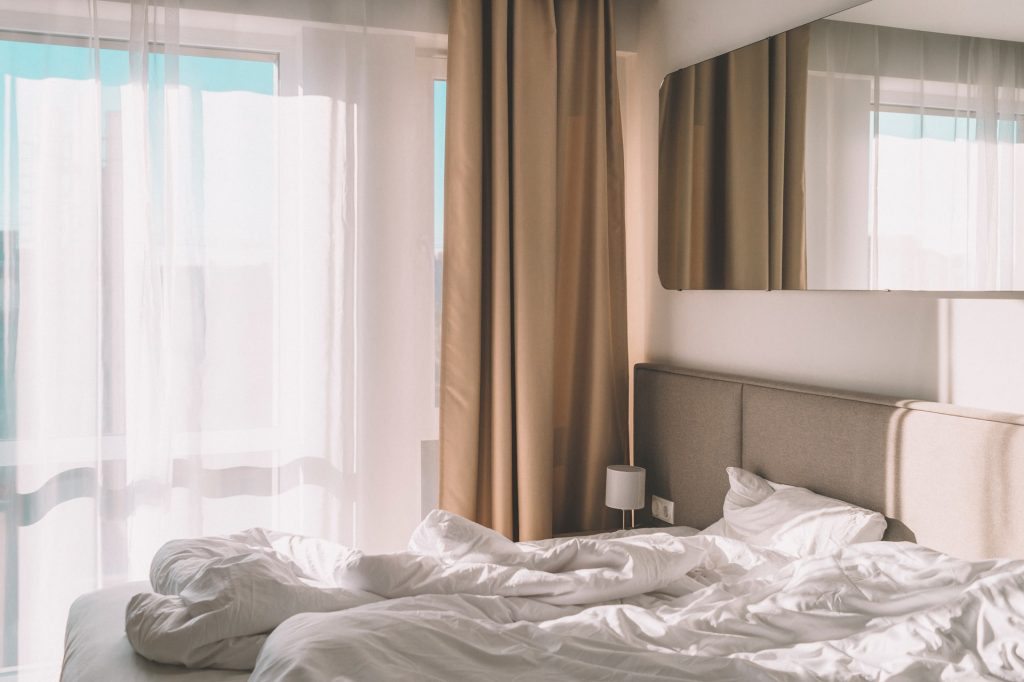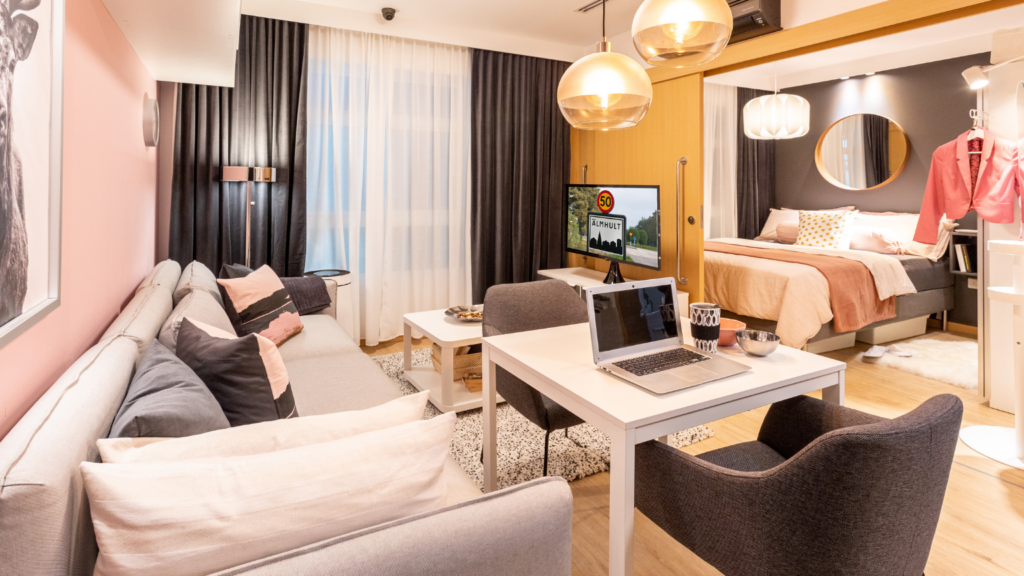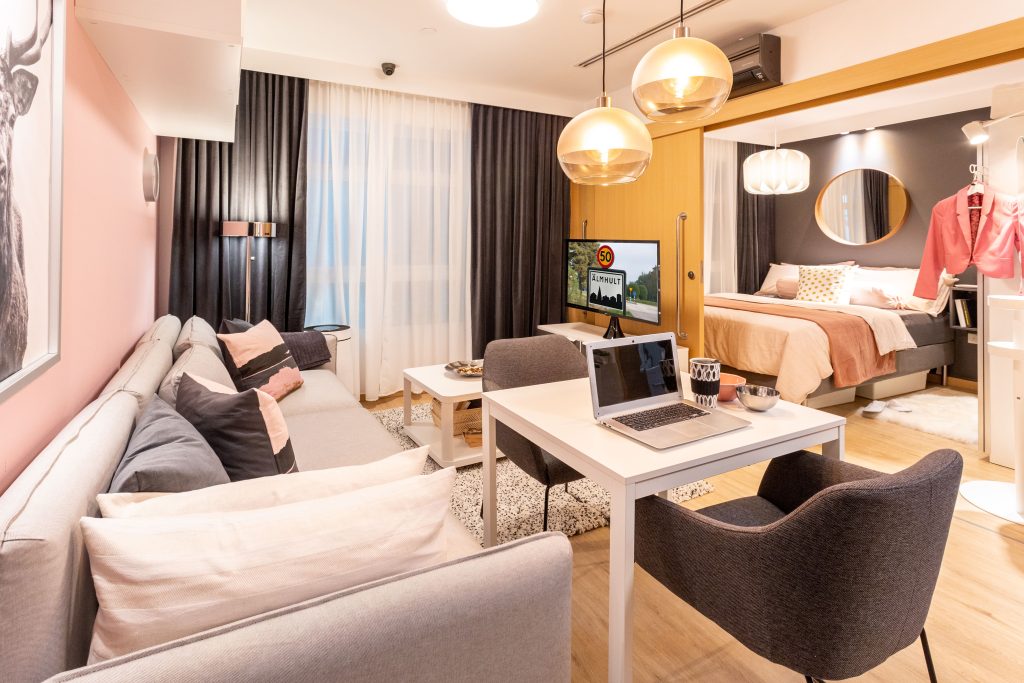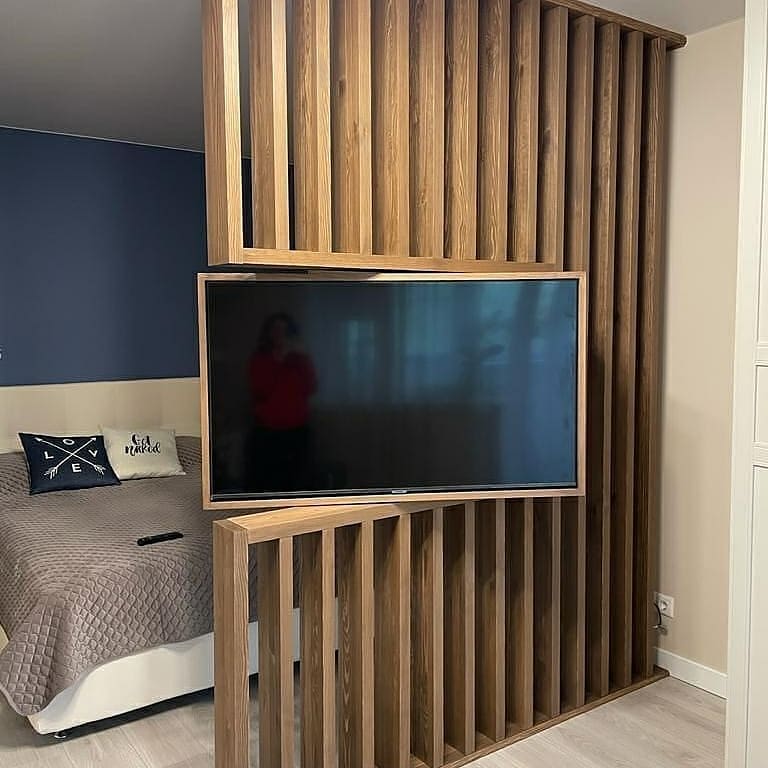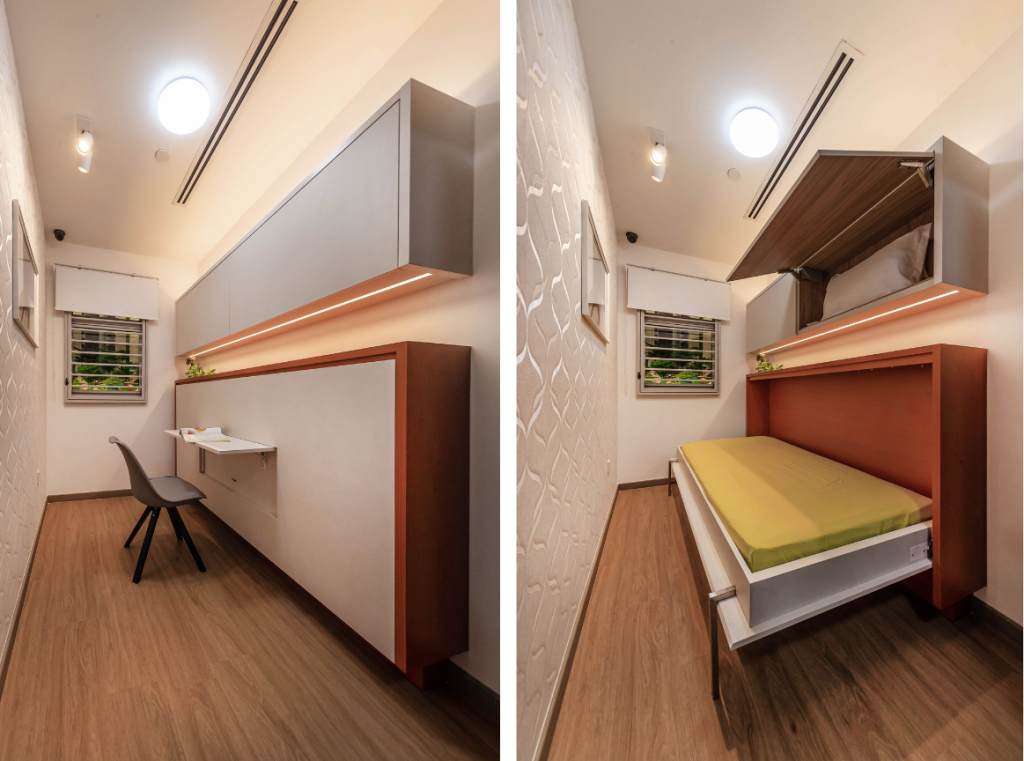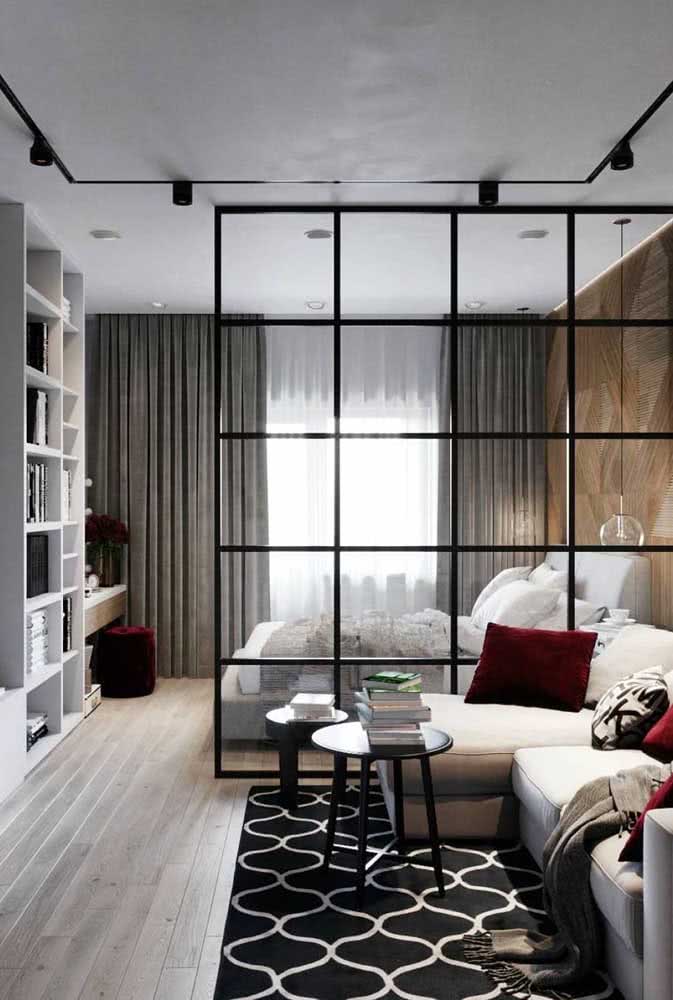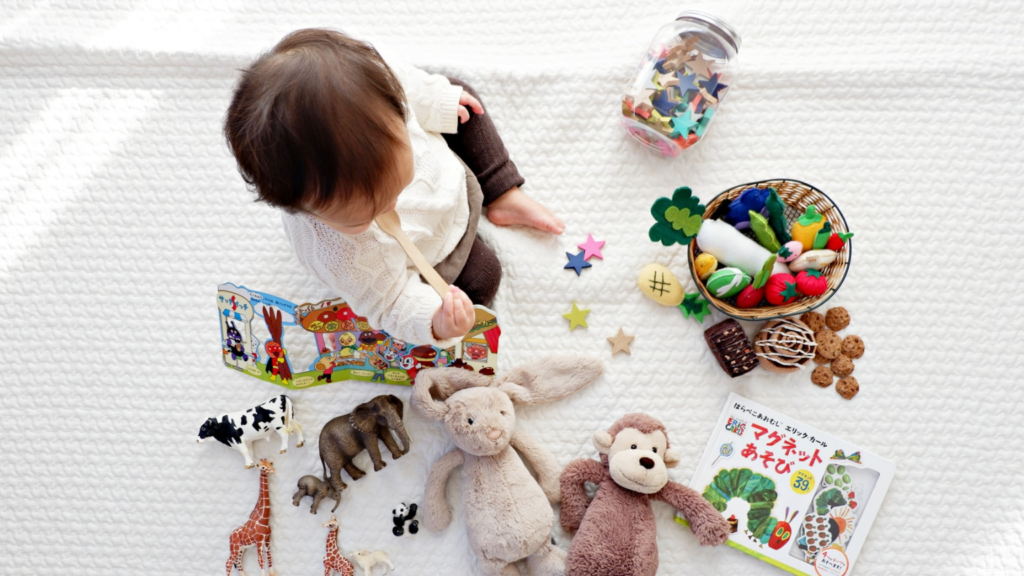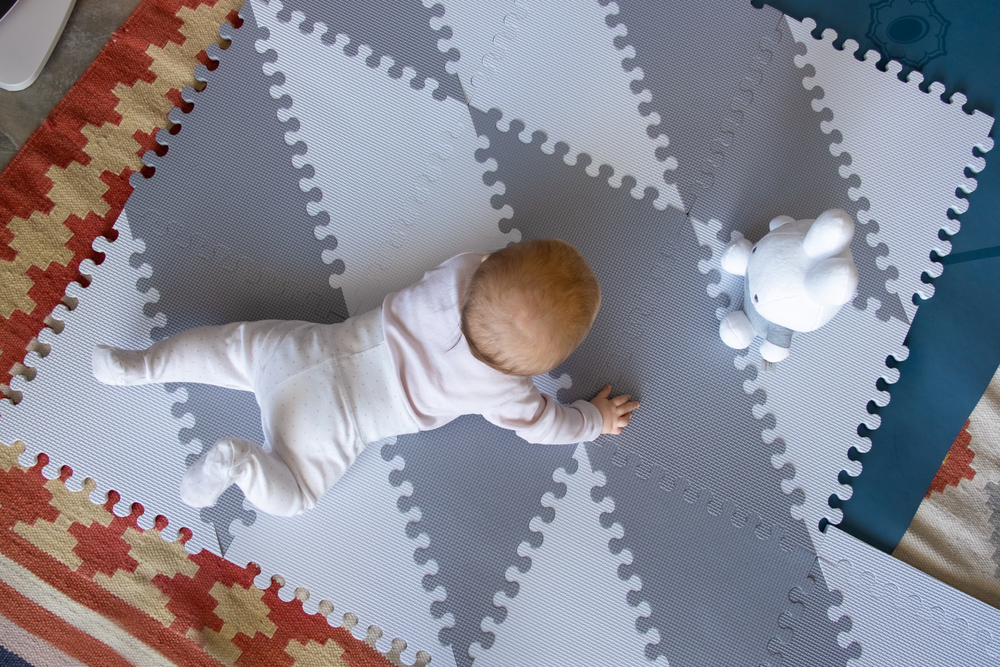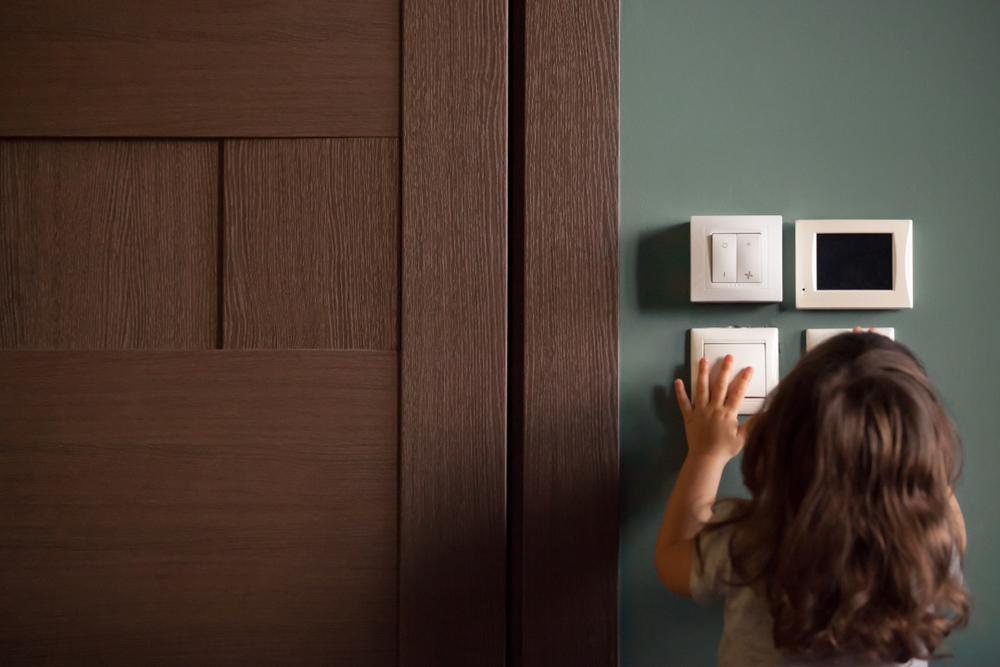Practical Design Ideas for the Perfect Nursery
Practical Design Ideas for the Perfect Nursery
Designing a nursery for your HDB flat before a baby’s arrival often sends a ripple of excitement around the house. As with any renovation journey, it’s common to trawl social media for design ideas and inspiration before carting out truckloads of items in the hopes of creating the “perfect” space — the kind that appears at the top of your Instagram’s Explore page.
What’s important though, is that the nursery must withstand many months of hard use. Here, a new mother shares practical design ideas and tips for a room that are both aesthetic and functional.
1. Take Baby Steps
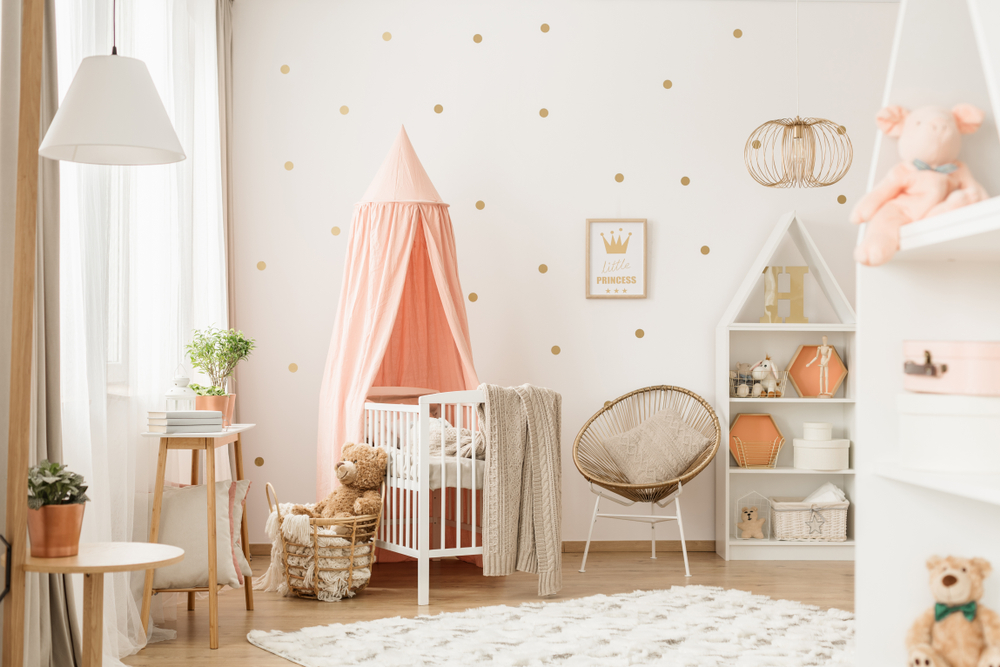
The first tip is to leave enough time to plan and furnish your nursery. Often, you may be stuck deciding on the design idea (forest wonderland or boho chic?) and put off outfitting the room until it’s too late. Instead, start by thinking about your big, ‘must-have’ items (like a baby cot, storage for baby clothes, a nursing chair or even an adult bed for co-rooming) and plan your room layout around these items. Decorating the room is easy and can come later with minimal effort.
2. Watch Them Grow
The second design idea is to pick items that have longevity and can grow with baby. It’s an incredible feeling watching your newborn grow into a crawling bub and an active toddler – the flip side is they’ll outgrow the things in their nursery in no time. Having multi-functional furniture, like cots that can switch to toddler beds and diaper drawer bins that can turn into future toy storage, means you won’t have to overhaul your nursery with each of your child’s milestones.
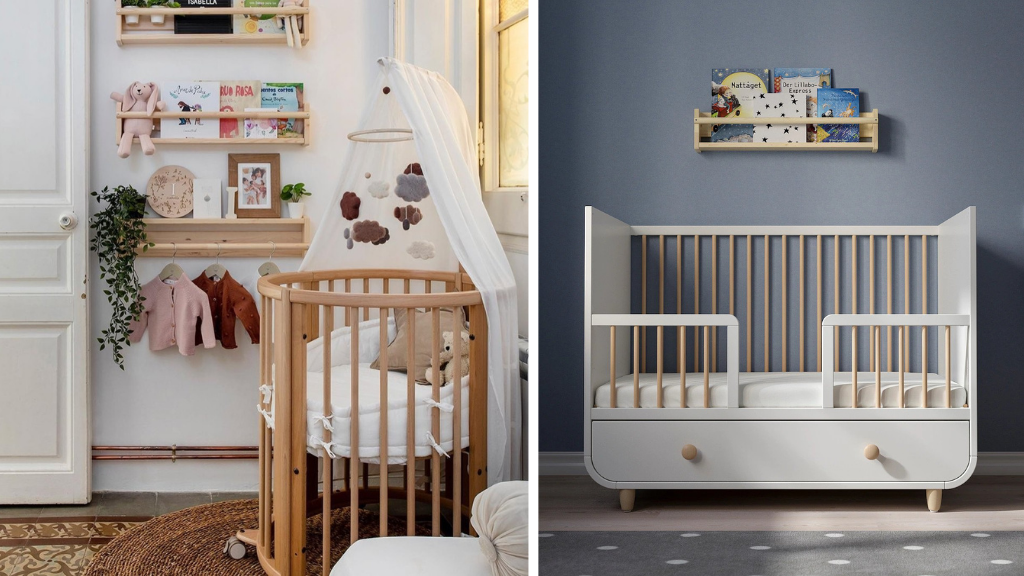
3. A Place for Everything
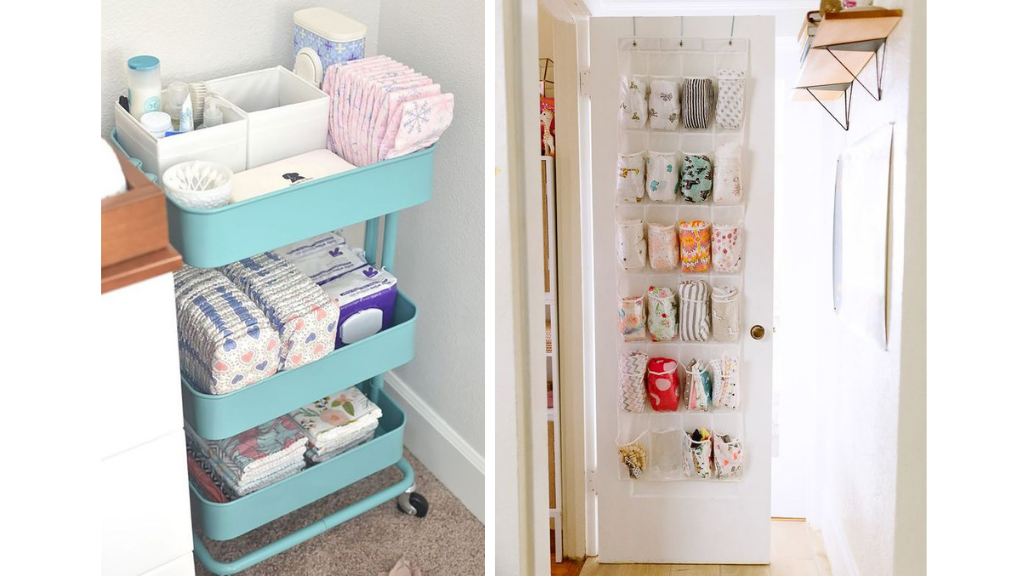
Photos: Pinterest (left), Pinterest (right)
Third design idea: smart storage and organisation are essential. Baby items are often numerous and small so the last thing you want is for clutter to overrun the space. Consider a mobile diaper changing station that keeps everything you need within reach. Store baby linen in stackable boxes that take up less space than a bulky dresser, and store odd items in transparent over-the-door pocket organisers.
4. Colour Therapy
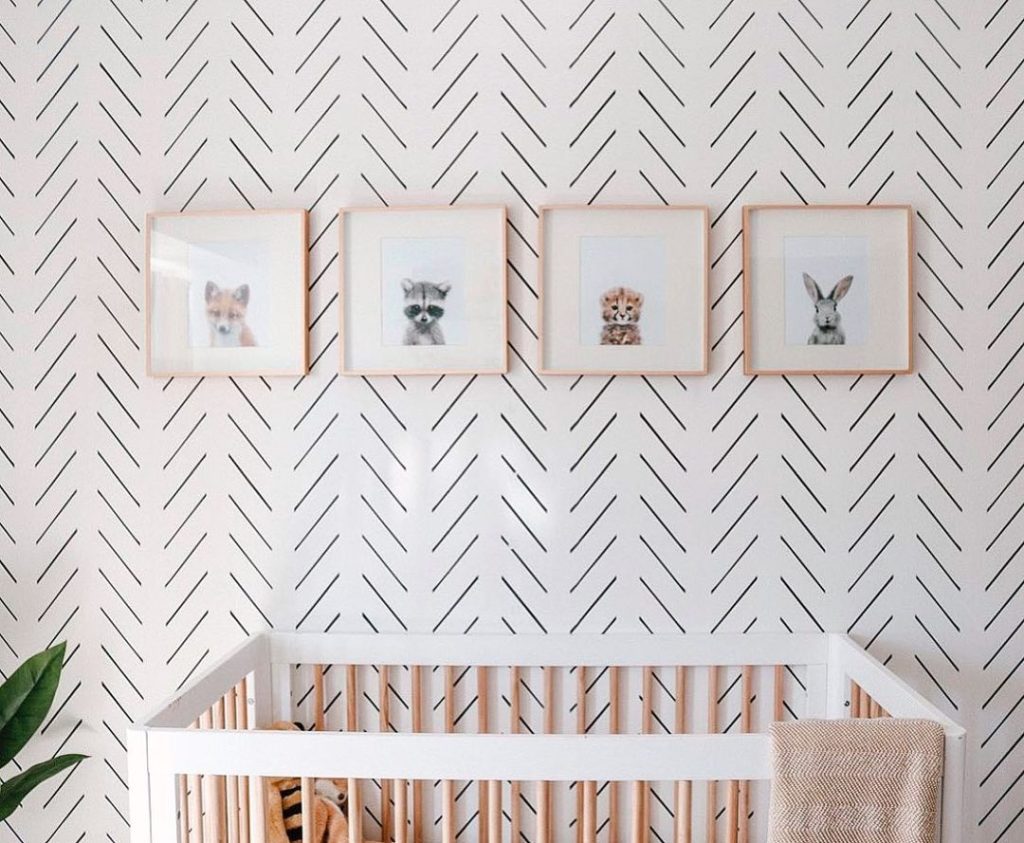
Lastly, your nursery wall colours should promote a soothing environment for your little one, with some stimuli like patterns or bright colours to promote learning. Research has shown that bright yellows can overstimulate babies while dark colours can make the room look too gloomy. For convenience, you can opt for washable wallpapers or wall stickers instead of a fresh paint job. In addition, framed art prints or handcrafted ornaments can easily and instantly enliven a space.
Source: mynicehome.gov.sg



